Story and Photos by ITN European Reporter Herve’ Rebollo.
Salut à toi, American rider,
On this Friday 1st of November, back to my garage, I had first to choose the appropriate scooter to permit me to find the best conditions for my new Halloween ride (of about 700km/450 miles). I finally choose the big black and orange scoot.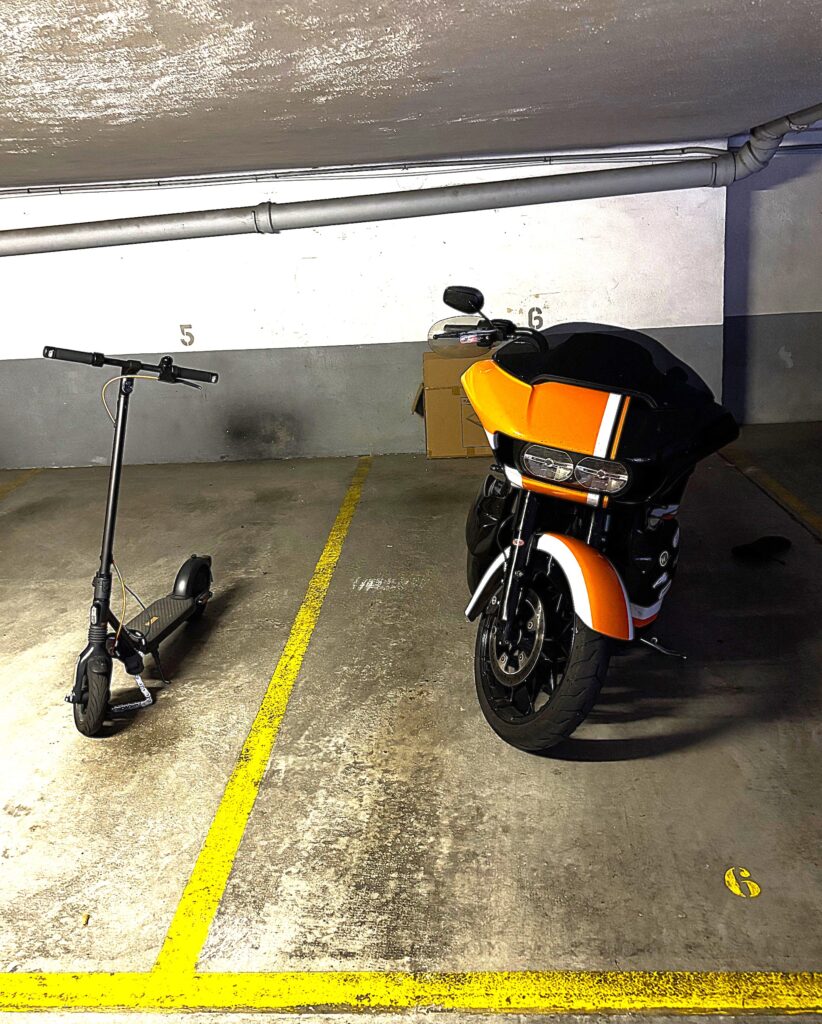
Once again, the idea was to discover my country, using only tiny roads, and improve my global level of historical knowledges. For sure, a famous WWII museum on the Northern coast should be a good target to reach my quest.
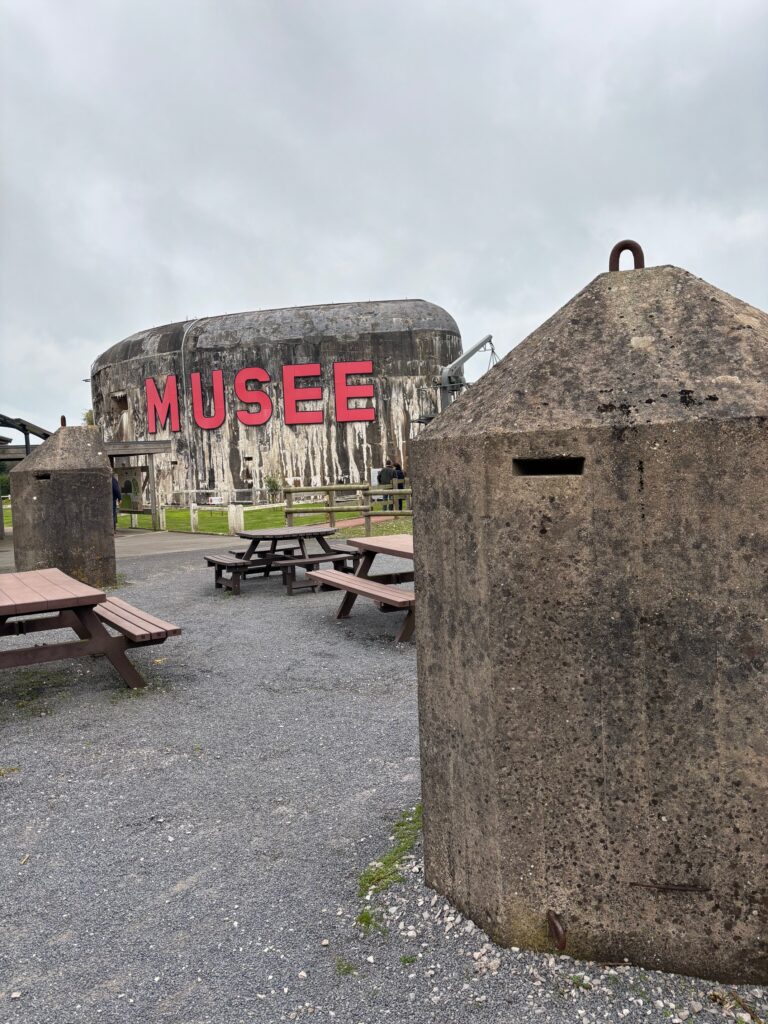 Lucky me, the weather had nothing to see with a November one. It was not cold (12 Celsius degrees / 54F degrees) and except some fogs, it was not raining. But the state of the roads was not the best one.
Lucky me, the weather had nothing to see with a November one. It was not cold (12 Celsius degrees / 54F degrees) and except some fogs, it was not raining. But the state of the roads was not the best one.
Farmers where everywhere, preparing theirs lands to the coming winter.
Storing tons and tons of beets on the side of the roads before sending them to the sugar factories.
“Easy” slippery sporty riding, believe me! But to be honest, I don’t complain I like that kind of challenge with riding my motorcycle.
The sky was grey, and the countryside certainly in a November mood was totally desperate. May be this is why I’ve seen almost none policeman in two days. Never been under arrest during these two days road trip.
Leaving Paris on the early morning, taking the North direction, I wanted to cross the famous Somme Bay. Officially listed as one of the most beautiful bays in the world alongside San Francisco and Ha Long, the Somme Bay is a stunning natural site.
Panoramic landscapes, an end-of-the-world feel, with alternating cliffs, beaches, dunes, pebbles and marshes all adding to an extraordinary landscape, a far cry from other concrete-clad coasts. This is where the sea and the sky smudge together.
Where the light is ever-changing. As are the colors (may I precise that it’s true in spring/summertime, but not exactly in this late fall). The Somme Bay has long been an endless source of inspiration for painters and writers, including Degas, Corot, Jules Verne and Colette. Thousands of migratory birds take refuge here.
The largest French colony of harbor seals too (of course, I didn’t see any one).
The Somme Bay is also famous for its old timer railway. Genuine Belle Epoque carriages drawn by valiant steam locomotives take you to Le Crotoy, Noyelles-sur-Mer, Saint-Valery-sur-Somme and Cayeux-sur-Mer. You can enjoy the quaint charm of Victorian travel during a tour of the seaside resorts. The train runs alongside brooks lined with willows, past salt and freshwater marshes and fields, revealing the gorgeous greenery of the Somme Bay, and its authentic wilderness.
I just stopped at the old train station to take a cool pic.
Then, it was time to ride to nice city of Le Touquet.
To take another pic at the foot of its famous lighthouse. A short hop across the English Channel or a 3-hour drive from Paris, Le Touquet-Paris-Plage has it all. There are sandy beaches and water sports, cycle routes through the parks and leafy forest, tennis and golf, an excellent museum and a summer-long series of festivals.
The place is very well known in the European biker world because the early each February, the beach is the scene of the motor-bike races known as the Enduropal (formerly the Enduro of Le Touquet). The Enduropale du Touquet Pas-De-Calais race takes place on the beaches of Le Touquet-Paris-Plage and Stella-Plage. The race lasts 3 hours over a course of 13 km, passing through Stella-Plage. Every year the Enduropale attracts millions of fans or simply curious people eager to discover a spectacular race. On average, more than 400,000 spectators and 700,000 television viewers, attend the show over the 3 days of the race. On the front of the stage, more than 2000 riders!
It was now time to join my final destination, straight to the north, along the coast, right in front of England.
After passing the city of Boulogne-Sur-Mer, old bunkers are almost everywhere. And still always impressive.
In some places, it was so complicated (expensive) to destroy these bunkers that locals directly built their home on their roof.
And some, totally lost in the countryside, are bigger than a building of five stages.
And finally appeared the Todt Battery, also known as Batterie Todt. It was a battery of coastal artillery built by Nasi Germany during WWII, located in the hamlet of Haringzelles, Audinghen, near Cape Gris-Nez. Nowadays, it’s a famous museum.
It was not my first visit. 10 years ago I came here with my Street Glide and took this pic.
But this time, the idea was to take the time to visit the museum.
The battery consisted of four KRUPP 380-millimetre (15 in) guns with a range up to 55.7 kilometers (34.6 mi), capable of reaching the British coast, each protected by a bunker of reinforced concrete.
Originally to be called Siegfried Battery, it was renamed in honor of the German engineer fritz TODT, creator of the Todt Organization. It was later integrated into the Atlantic Wall.
The 3rd Canadian Infantry Division attacked the Cape Gris-Nez batteries on 29 September 1944, and the positions were secured by the afternoon of the same day.
The Todt battery fired for the last time on 29 September 1944 and was taken hours later by the North Nova Scotia Highlanders that landed in Normandy, as part of the 9th Infantry Brigade, 3rd Canadian Infantry Division, after an intense aerial bombardment, as part of operation Undergo..
Built on the small plateau of Haringzelles, located 3 km southeast of Cape gris-Nez, the Todt battery consisted of four casemates. Each casemate consisted of two parts: the firing chamber which housed the 38 cm SK C/34 naval guns under an armored turret, designated as Bettungsschiessgerüst C/39, and, on two floors, one of which was underground, the ammunition bunkers and all the facilities needed for the ammunition, the machinery and the crew.
The casemates are 47 meters long, 29 wide and 20 high, 8 of which are underground. The reinforced concrete walls and roof are 3.5 m thick to be able to resist 380 mm shells, ordinary 4000 pound bombs or 2000 pound armor-piercing bombs.
The casemates were distributed along an arc of a circle with a radius of about 400 meters. In addition to the large-caliber guns, this battery also commanded the following weapon systems and buildings: 14 passive bunkers, four barracks, a belt of 15 “Tobruks” (small stand-alone bunkers, with a hole at the top, usually manned by two people that served as an observation post or machine gun nest), three bunkers with anti-tank guns facing south and directed towards the interior of the coast, nine pieces of anti-aircraft guns of French origin, installed at the center of the battery, a drinking water pumping station, a hospital bunker and a pre-existing farm, between casemate 2 and casemate 3, integrated into the defensive system to serve as barracks and an observation post.
Each casemate had a buffer stock of propelling charges and shells but relied on two separated ammunition bunkers located near the hamlet of Onglevert, located 1.5 km (1 mi) east of the battery Todt. Each casemate was connected to these ammunition bunkers (30 x 20 x 5 m) by a truck road and by a network of narrow-gauge tracks.
These two large constructions were made up of 6 cells arranged on either side of a corridor closed at each end by a heavy double-winged armored doors.
At the end of the war, Cape Gris-Nez looked like a moonscape, dotted with deep holes left by Allied bombing. These bomb holes nowadays shelter ponds suitable for protected amphibians. Several bombed areas were classified as dangerous zones by the French authorities. Turning the land over was forbidden. Large areas were left to pasture. The woods planted by the Germans, also bombed, are still unexploitable today and have been left in the same state since the war. They have since become unique biotopes.
The site is very impressive.
Numerous objects from the Second World War are displayed outside the casemate 1, among which one 8.8 cm Flack anti-aircraft gun …
A half-track armored personnel carrier OT-810…
And one of two surviving German Krupp 28 cm K5 railway gun is displayed on an iron track. At the beginning of the 1980s, the existence of this 28 cm K5(E) Ausführung D (model D) cannon, originally stationed at Fort Nieulay (Stp 89 Fulda) in Calais, became known to the founder of the museum. After years of negotiations with the French army, the K5 cannon was transported in 1992 from the Atelier de Construction de Tarbes (A.T.S) to the north of France. The origin of the cannon is not clear but it is believed that it was captured in the Montélimar pocket in southern France when the cannons of the EisenbahnBatterie 749 were captured.
Claude-David Davies, the owner of a hotel-restaurant in Wissant, bought the land on which Casemate 1 was located to open it to the public and turn it into a museum. The work required to open the site to the public was considerable. Buckets and shovels had to be used to remove years of accumulated mud. The ground was drained and the water pumped out after stopping most of the water infiltration.
With the help of several people and after three years of work, the private museum about World War II, Musée du Mur de l’Atlantique, opened its doors in 1972.
An exterior metal staircase, later dismantled, replaced the old concrete one destroyed in 1944 that gave access to the roof, which was surrounded by a guardrail and open to the public.
The interior of the casemate has been progressively transformed into showrooms for weapons, various equipment …
… and even some vehicles such as motorcycles or small trucks.
The exhibits today include military hardware, posters and uniforms remembering the Atlantic Wall.
One of the reason I wanted to visit this museum is its collection of motorcycles.
I knew I could see an American HD WLA
A beautiful R12 BMW sidecar. Fast and handy, the BMW R12 was produced in civilian to nearly 20,000 units. In 1935, the already famous German company BMW began production of the military version of the R12 motorcycle, in order to equip the Wehrmacht police and combat units (for reconnaissance and inter-arms connections). The BMW R12 motorcycle could be fitted with a sidecar to provide light fire support to the light infantry thanks to the support of an MG 34 or MG 42 machine gun. Fast, easy to handle, the BMW R12 proved to be a reliable and robust motorcycle.
And a little BMW R35 (340cc, 14hp). BMW made a host of successful shaft-driven, single-cylinder motorcycles. After WWII, BMW np longer made R35 motorcycles
But the one I really wanted to see (for the first time), was a legendary KETTENKRAD very well restored. The Kettenkrad officially called SdKfz 2, was, in fact, an abbreviation of “Kleines Kettenkraftrad HK 101”. Ketten meaning “tracks”, and kraftrad “motorcycle”, later shortened. The other official designation was SdKfz 2, for “Sonderkraftfahrzeug” or “special purpose vehicle”. It was first specified as an airborne tractor for paratroopers and glider-borne infantry, to fit inside the hold of a Junkers 52, with excellent off-road capabilities, being capable of carrying two infantrymen and up to 500 kgs of munitions as well as towing a small multipurpose trailer, with a cable drum mounting device, or alternatively mortar, machine-guns, ammunitions, etc.
The first units equipped with the SdKfz 2 were not paratroopers but regular Wehrmacht infantry units, often scout detachments. Largely available by the beginning of 1941, They were put in action during the summer of 1941 (operation barbarossa). Most of them served on the eastern front since they were well suited for bad roads, thick mud, snow, sand and heavy dust as well. They proved reliable and highly versatile, beeing used as small artillery tractors, fast infantry transports, sanitary transport, scouts, cable-layers, eventually ending the war as runway aircraft tugs. The Kettenkrad was used by the Africa Korps, in Italy, France, in any weather and on all kind of terrains. It was used often by Gebirgsjaeger units (Alpine troops), or engaged against partisans throughout Europe, in the balkans, and in general all rugged or woody locations and mountaineous ridges. With more than 8300 of these “tracked motorcycles” built, and 550 more after the war, until 1948, many usages were found for them. Their excellent towing capabilities made them suitable for agriculture tractors, but they were also often seen in logging/lumbering camps, lumber-mills, firemen brigades, and in general in mountain stations and all kind of remote locations. Many of them survived until the eighties, under good conditions. All of them but a few which were not sold to scrap metal are collection items, spread around many museums and private collections, often in running conditions, a testimony for their sturdiness… The concept of tracked motorcycle was never followed and the kettenkrad will probably remain one of its kind forever.
After this visit of the museum, I was intellectually exhausted (of course it’s true!!!), it was time to relax. Back to Boulogne-Sur-Mer town center to park the bike…
… and taste a local production.
Then came the night and time to go to sleep.
On the Saturday morning, the idea was to come back home by the same tiny dirty roads after having make a stop at the local HD dealership: Harley-Davidson Côte d’Opale .
The Opal Coast (Côte d’Opale in French) is the coastal region in northern France on the English Channel, popular with tourists.
The Côte d’Opale extends over 120 kilometers (75 mi) of French coast between the Belgian border and the border with Picardy. This coastline faces the English Channel and the North Sea, and is situated directly opposite the chalk cliffs of southeast England, which at the closest point are only 34 kilometers (21 mi) away.
At the end, I rode 750 km/466 mi under a grey sky, part in the fog, saw great old-timer military stuffs, improved my historical culture and drunk good beer. What else?!?
See ya soon on the road, who knows?!?
Hervé, your French biker friend.





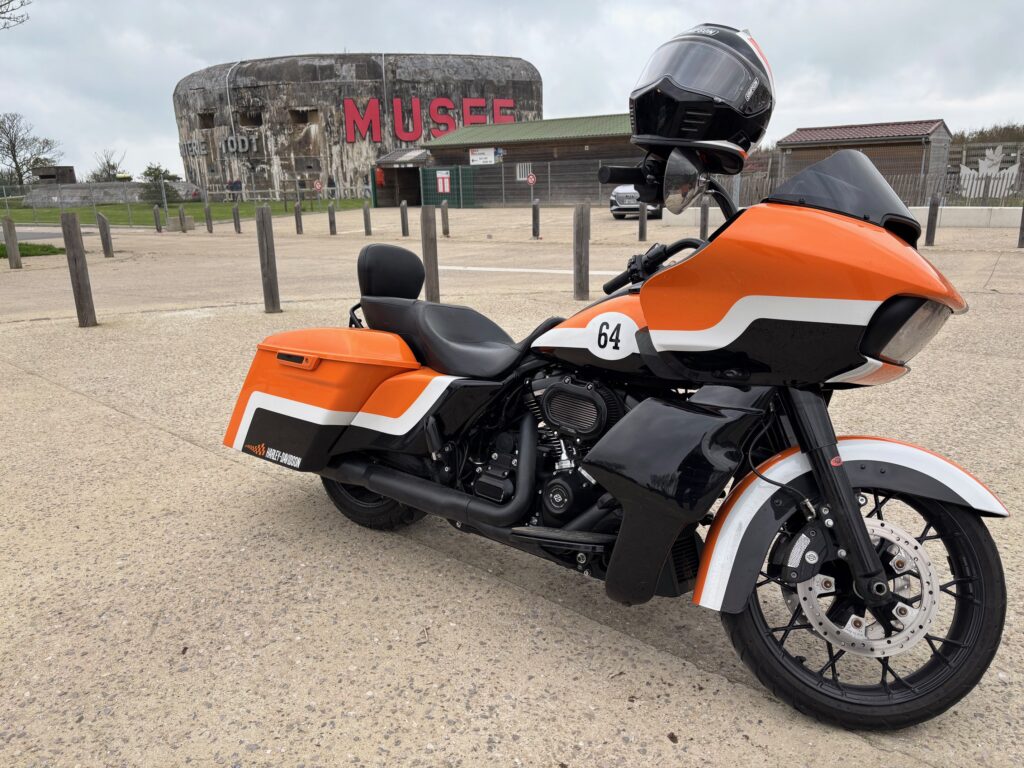

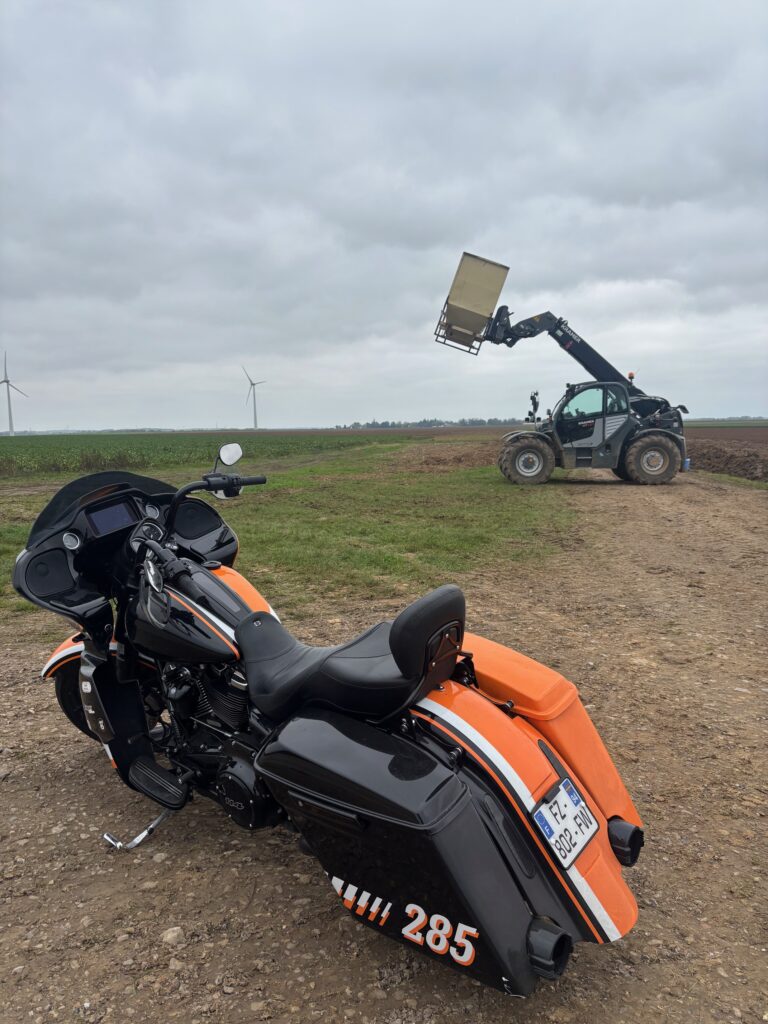
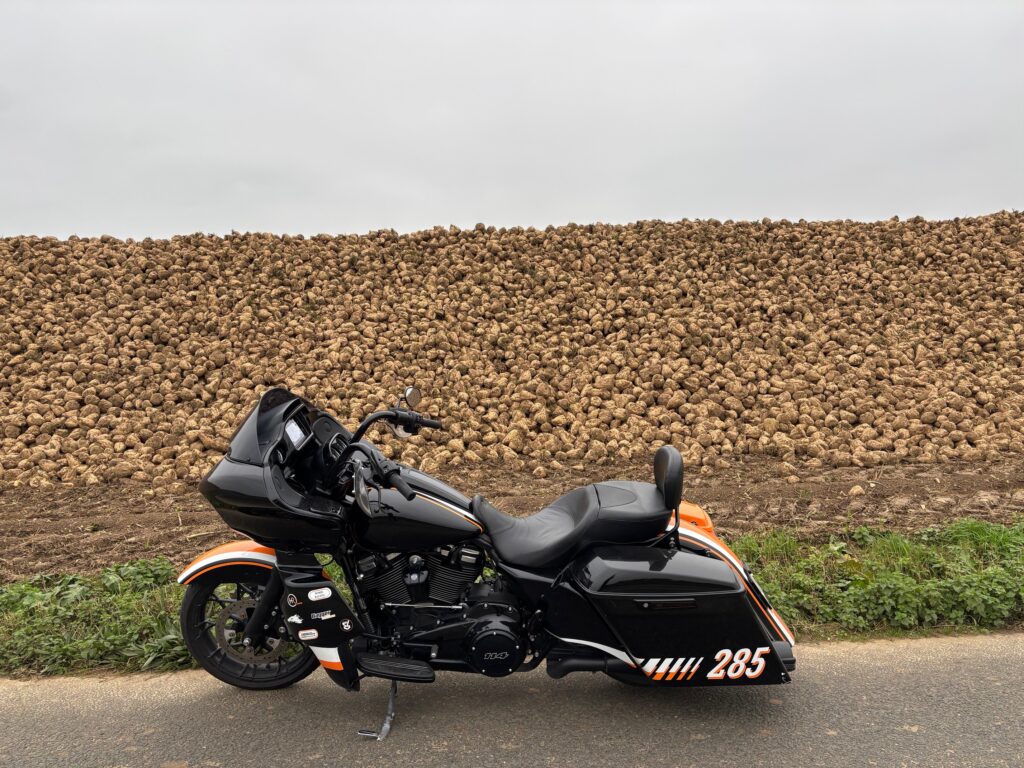
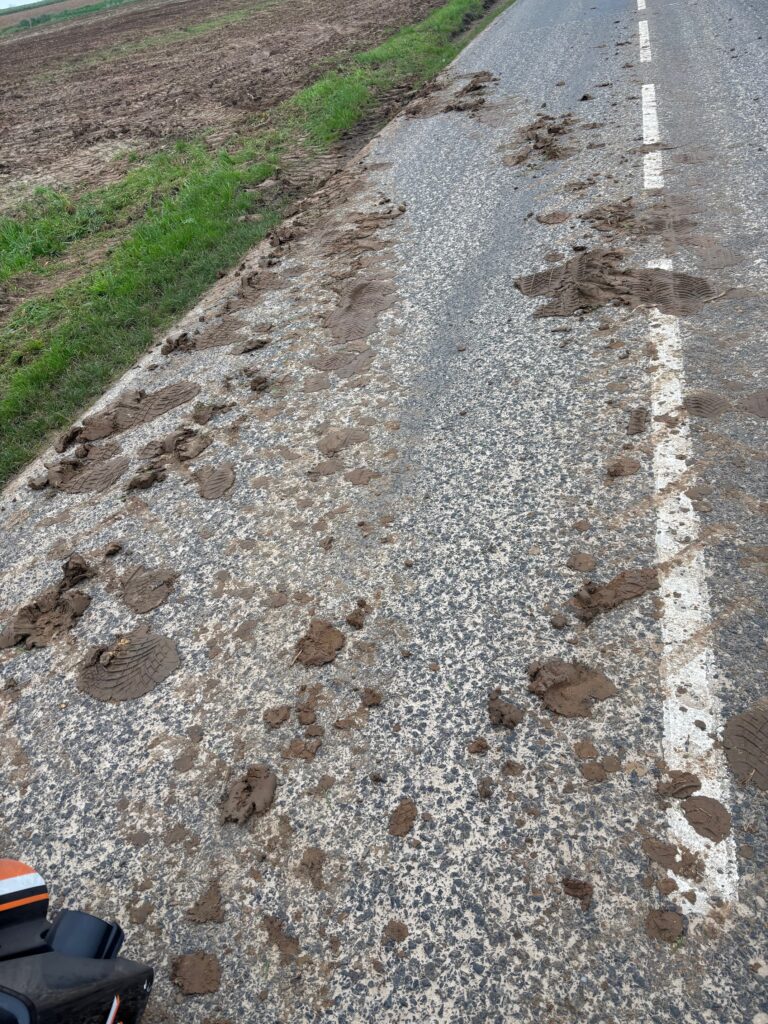
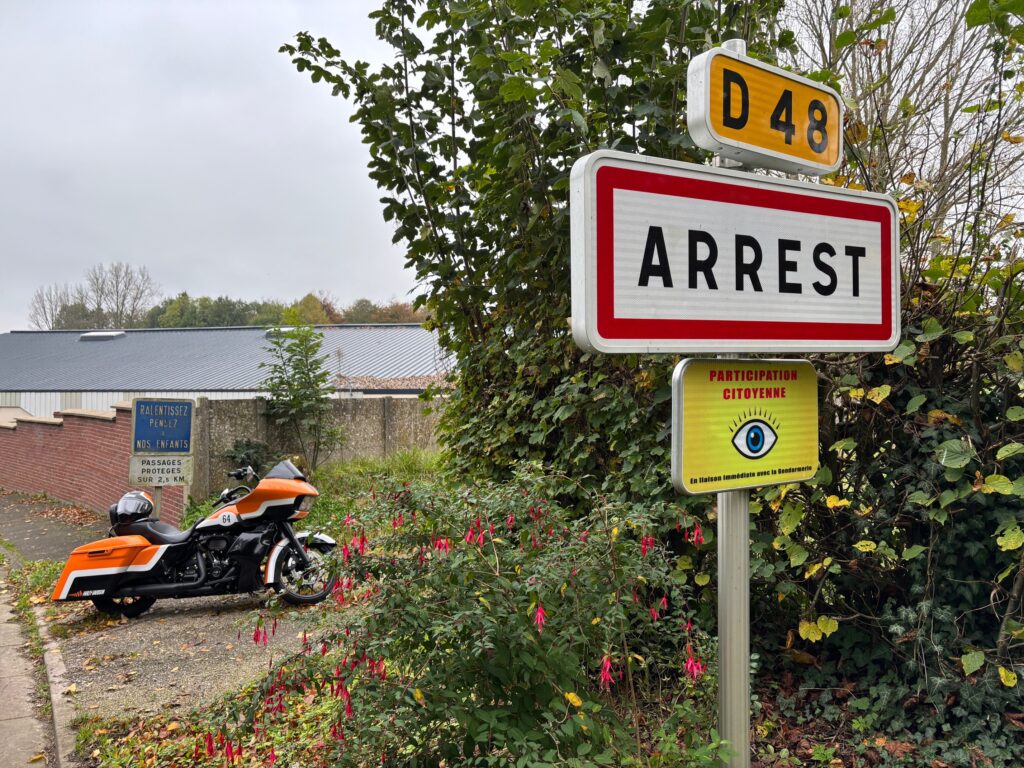
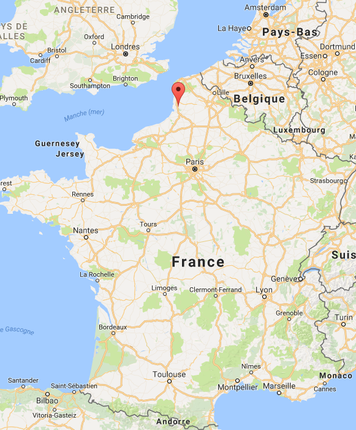
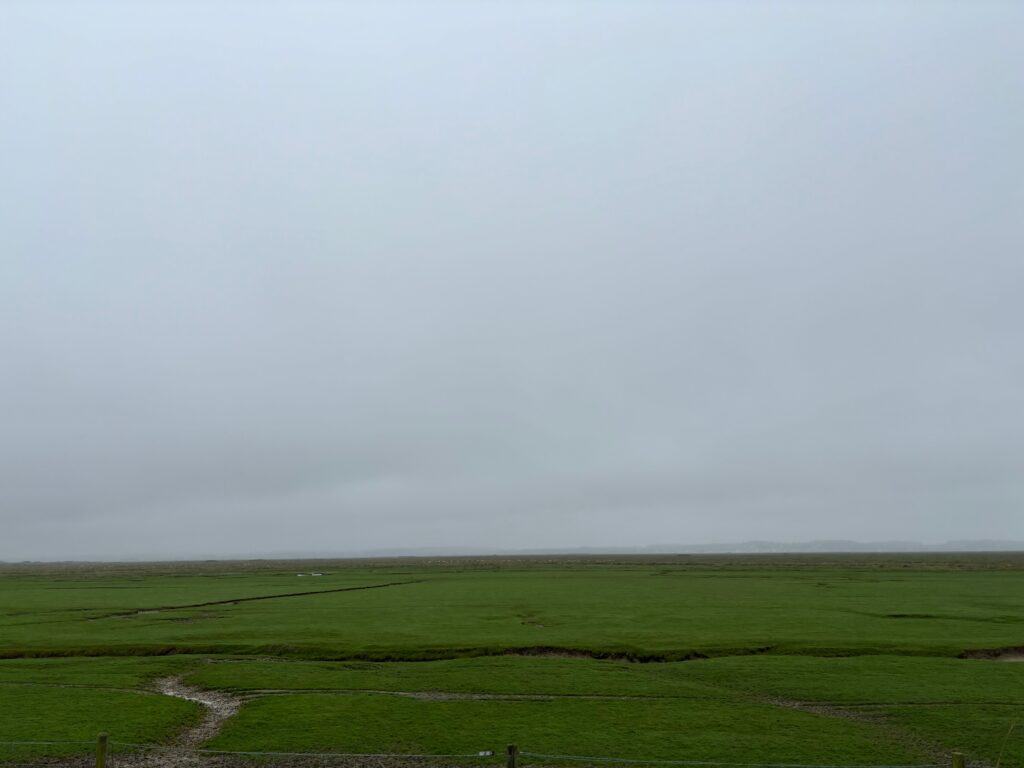

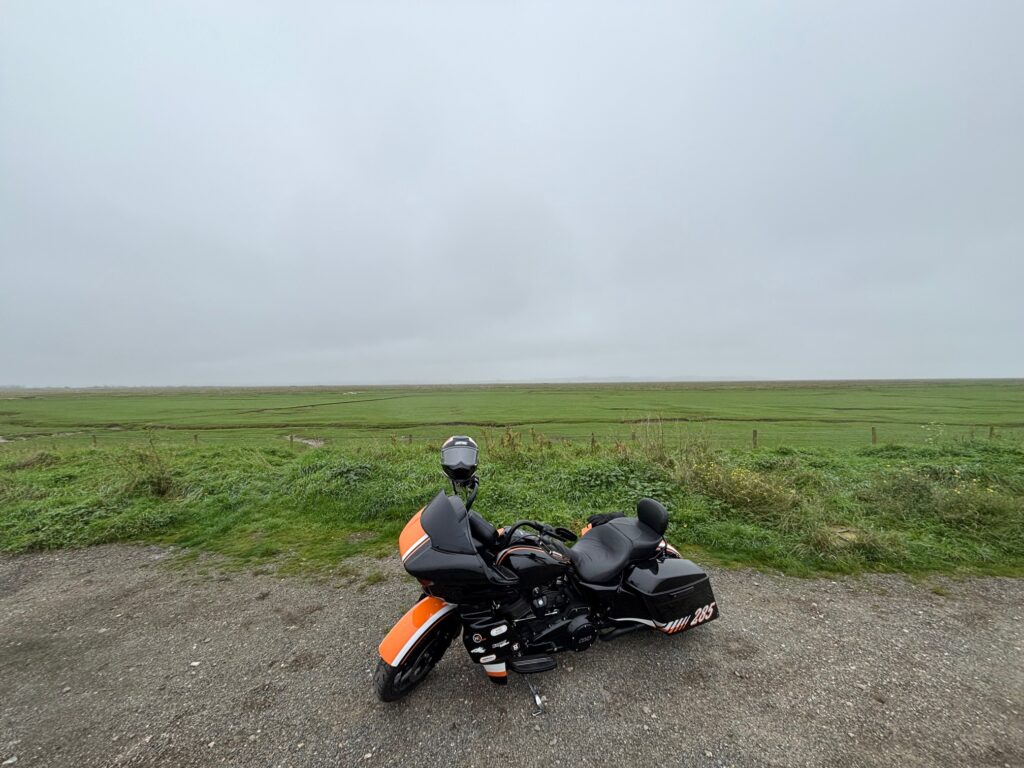
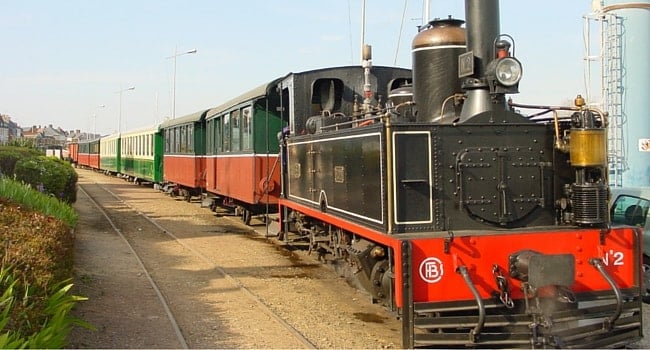
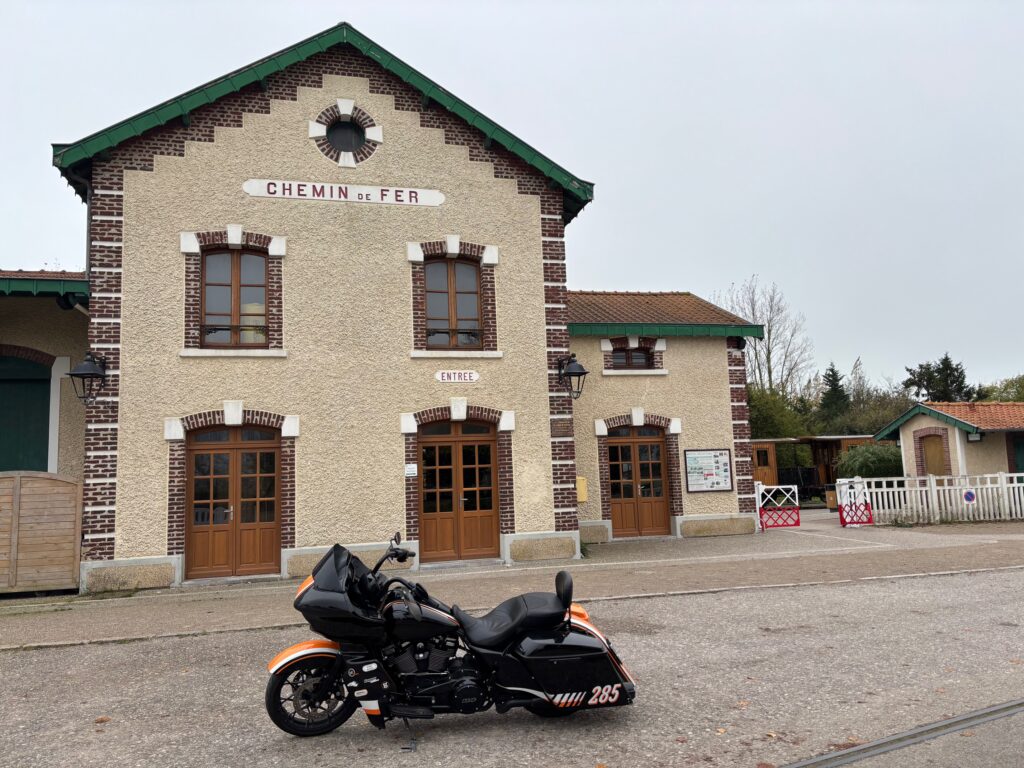
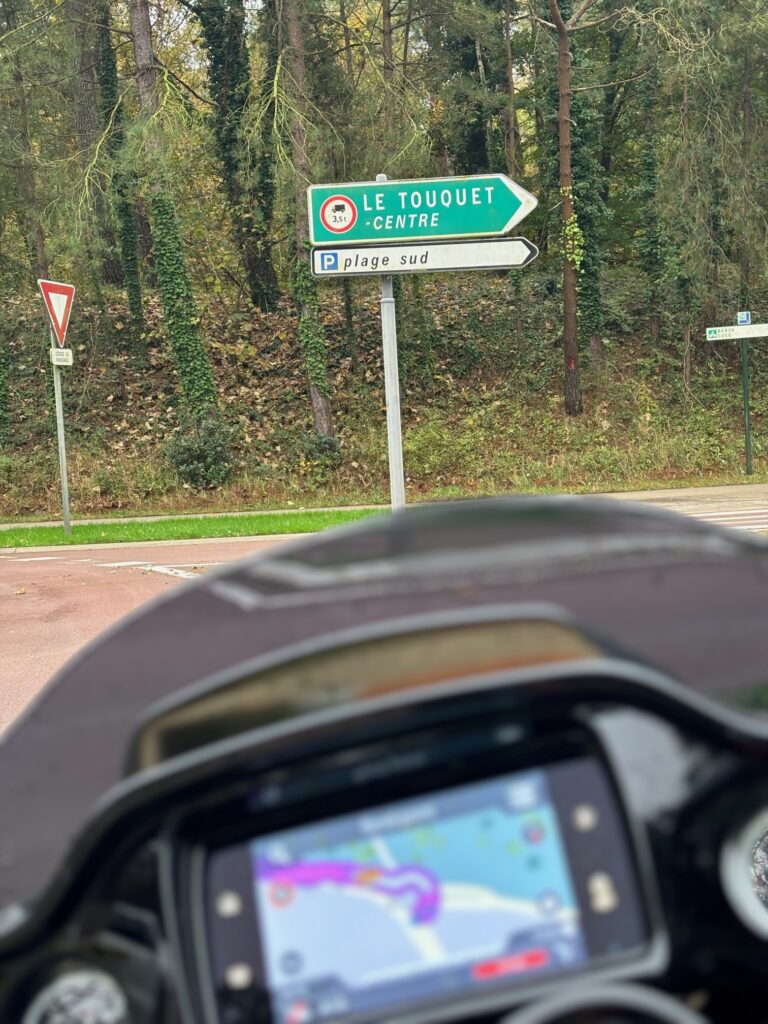
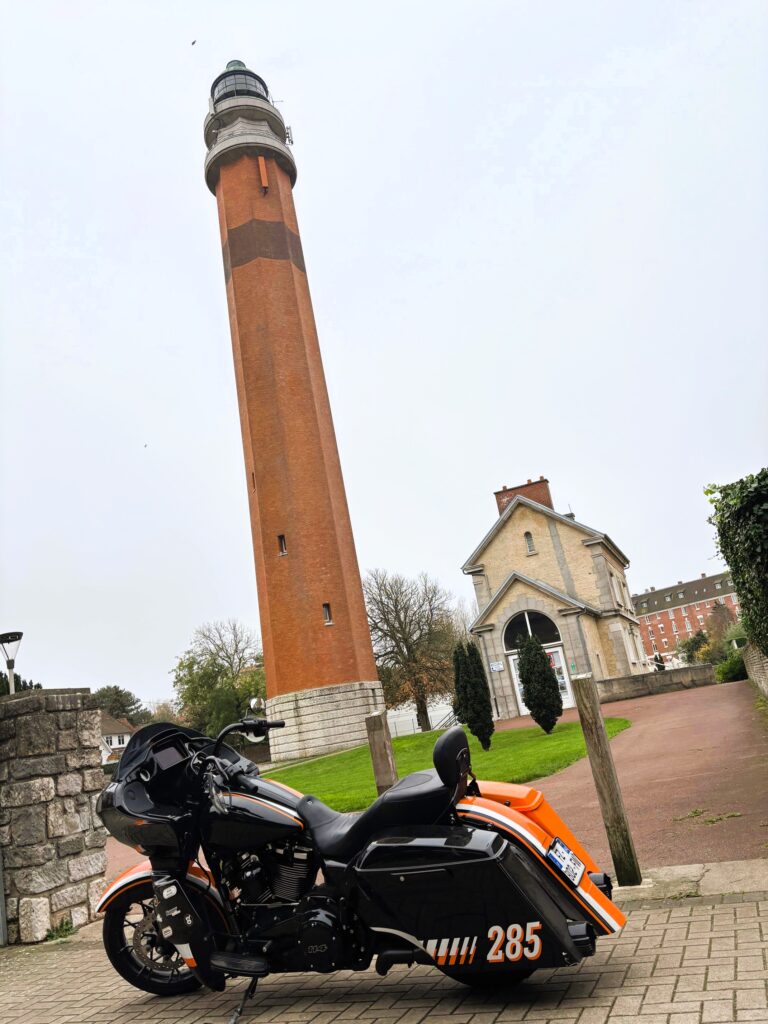
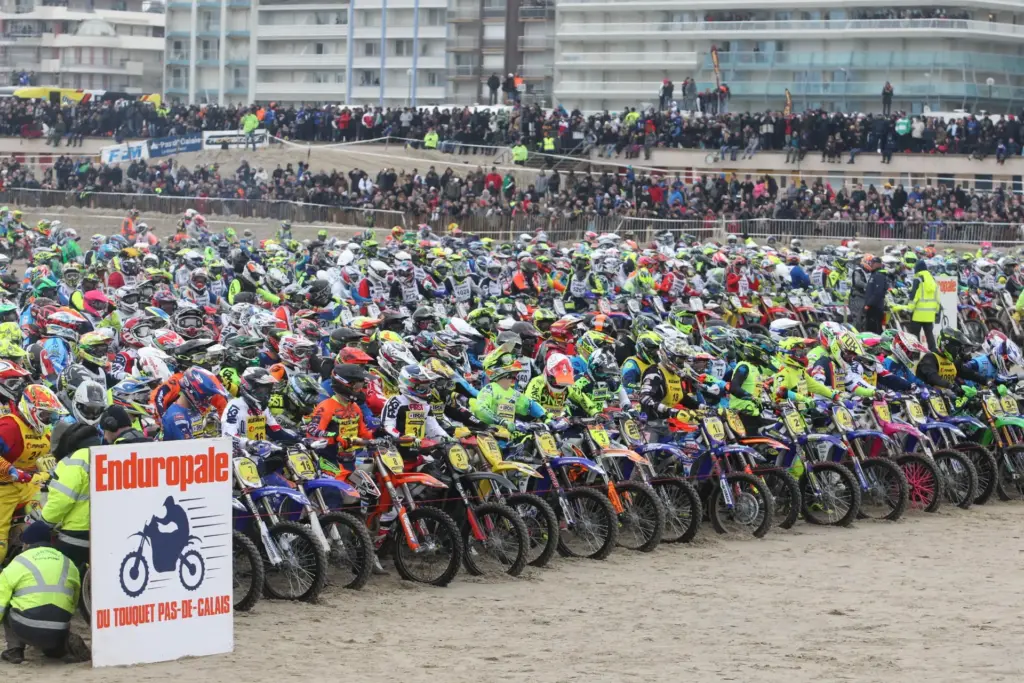

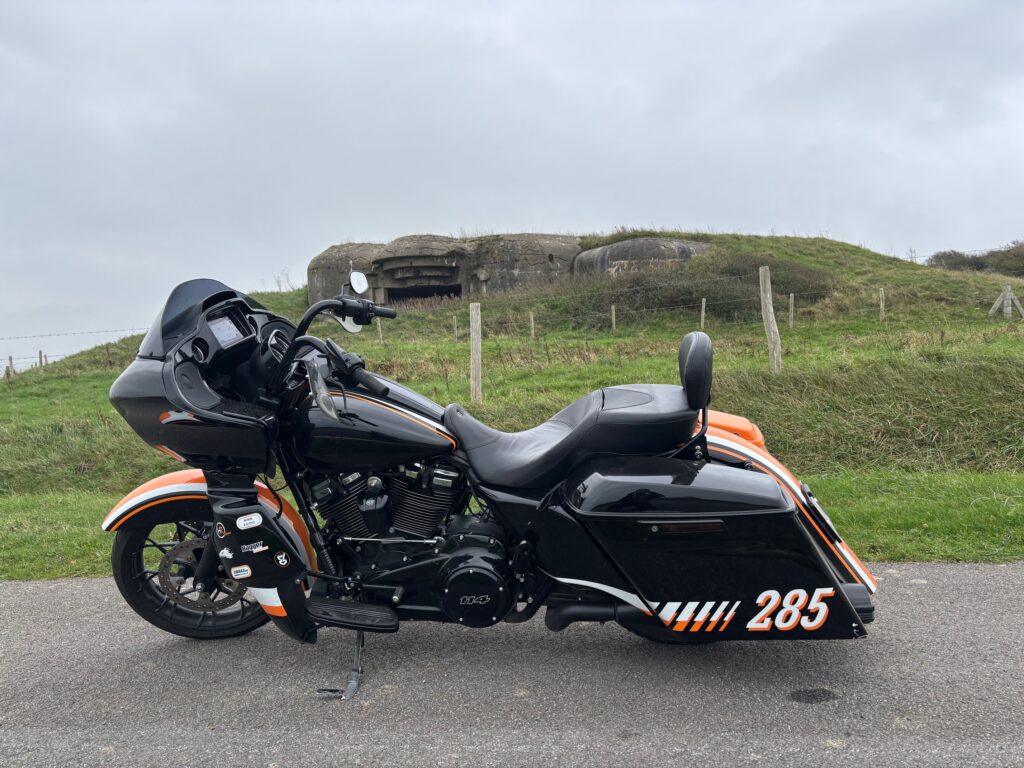
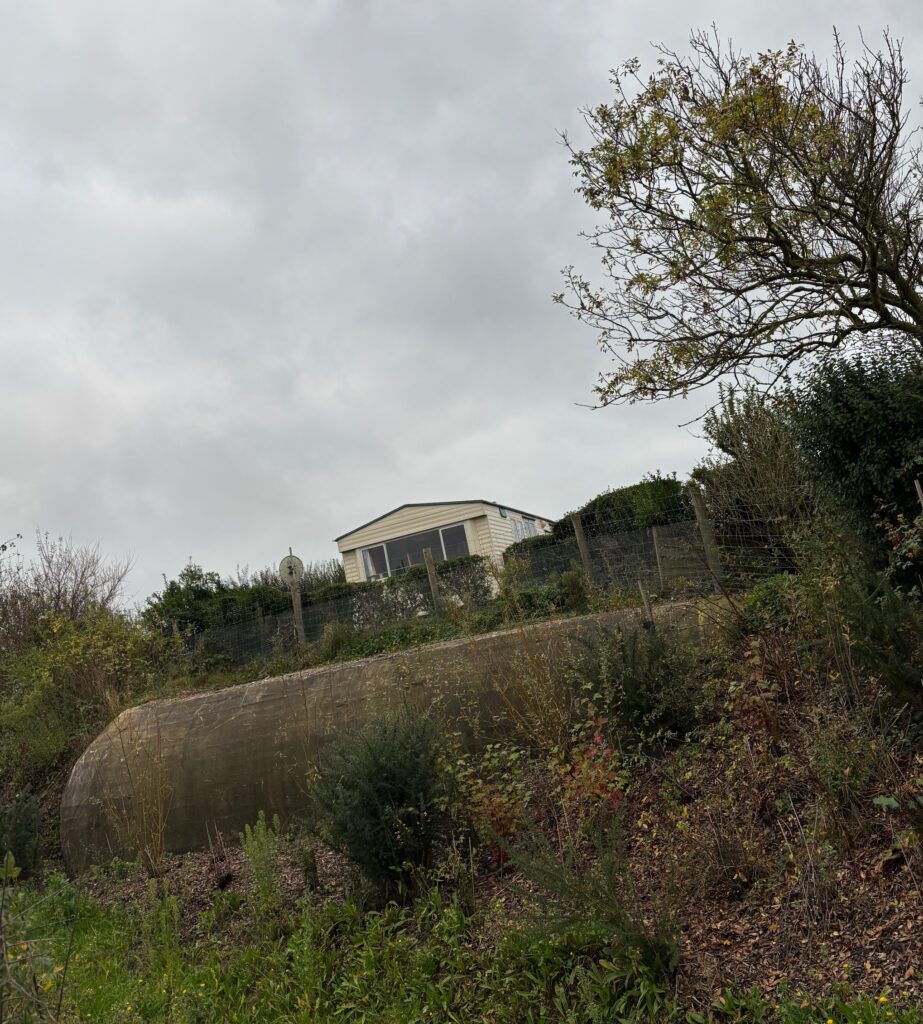
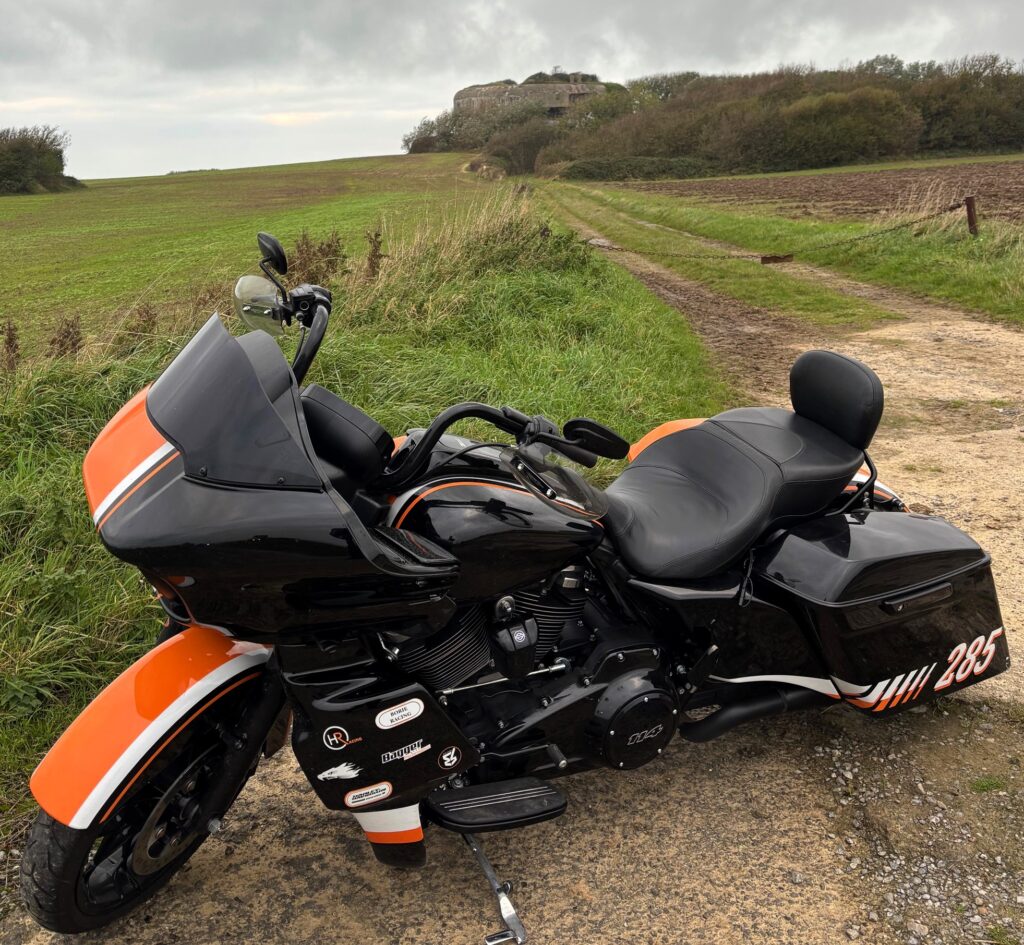
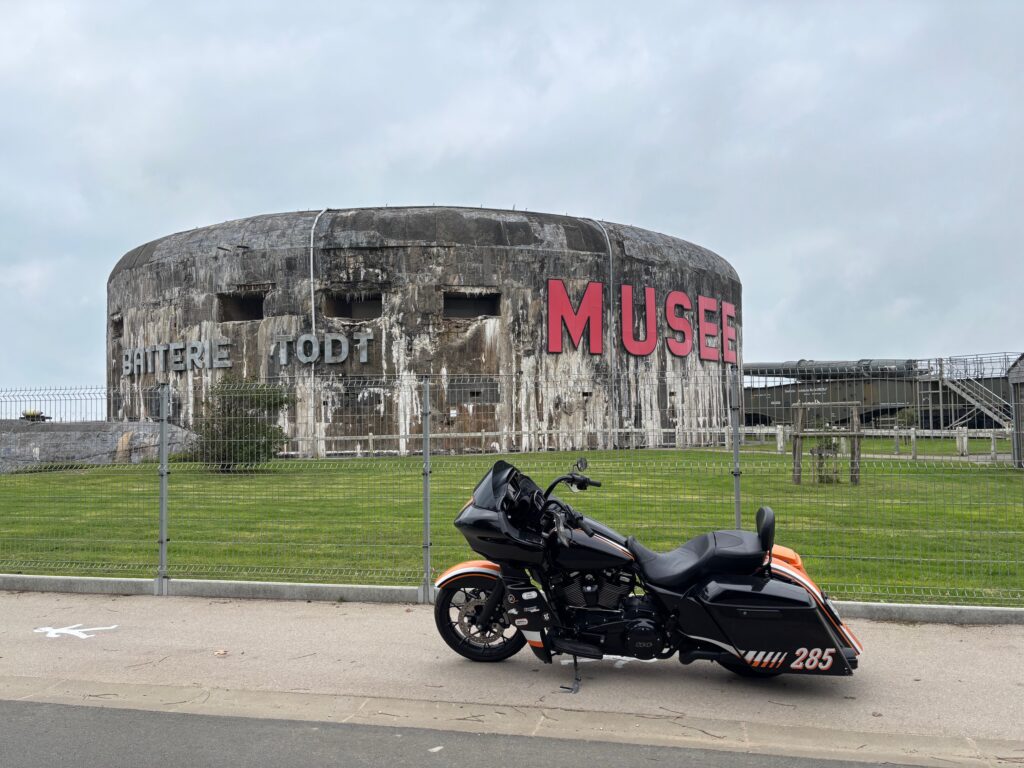
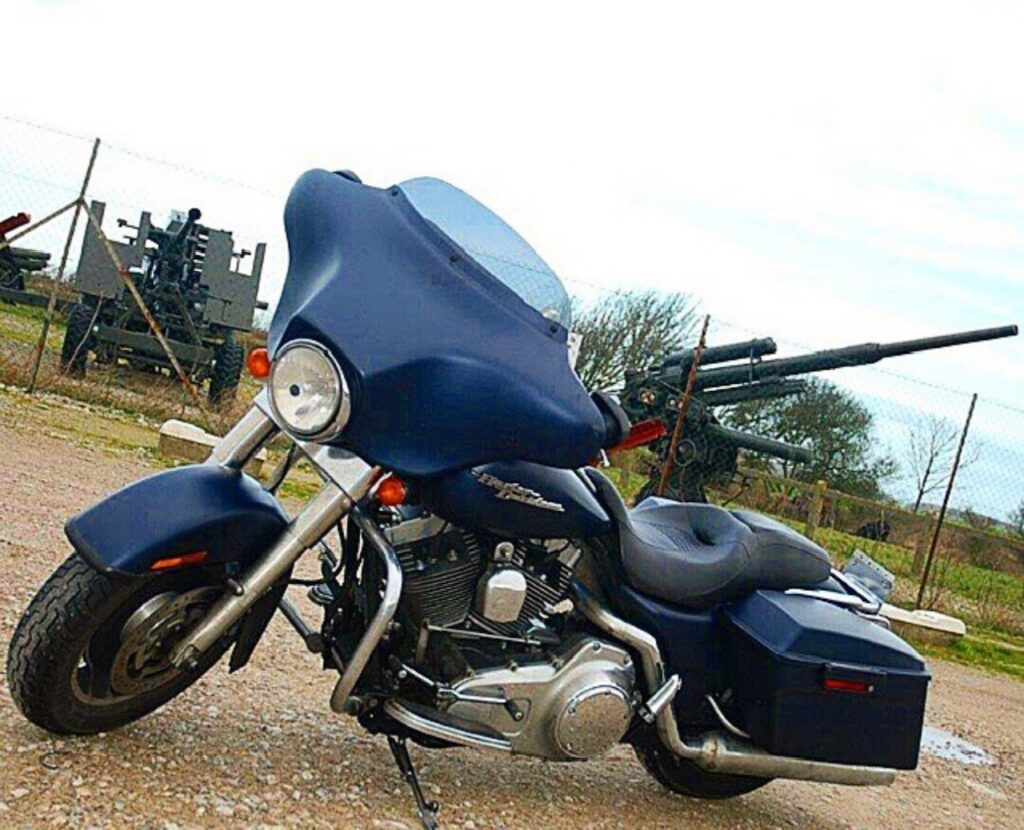

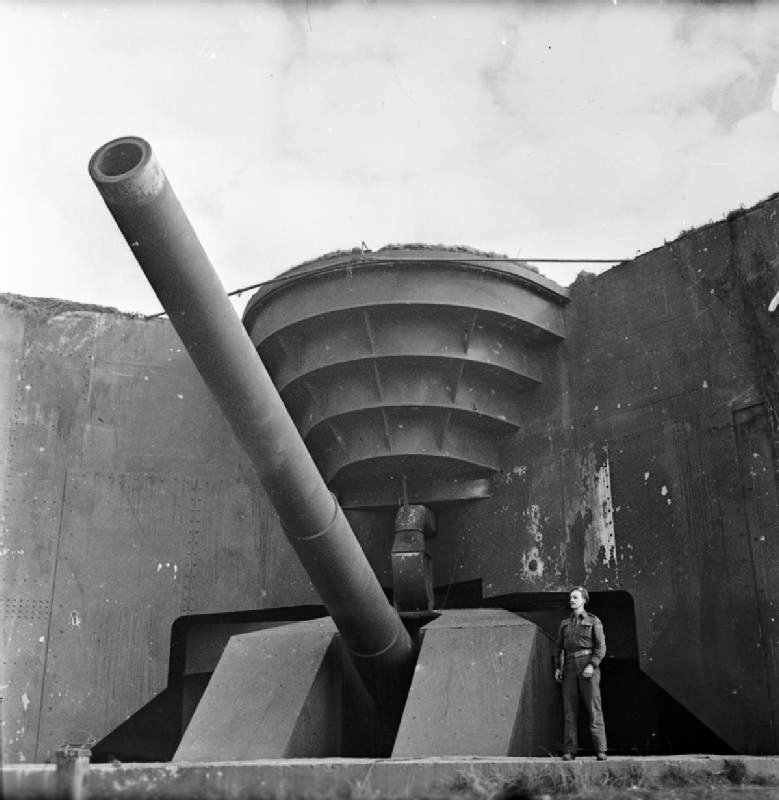
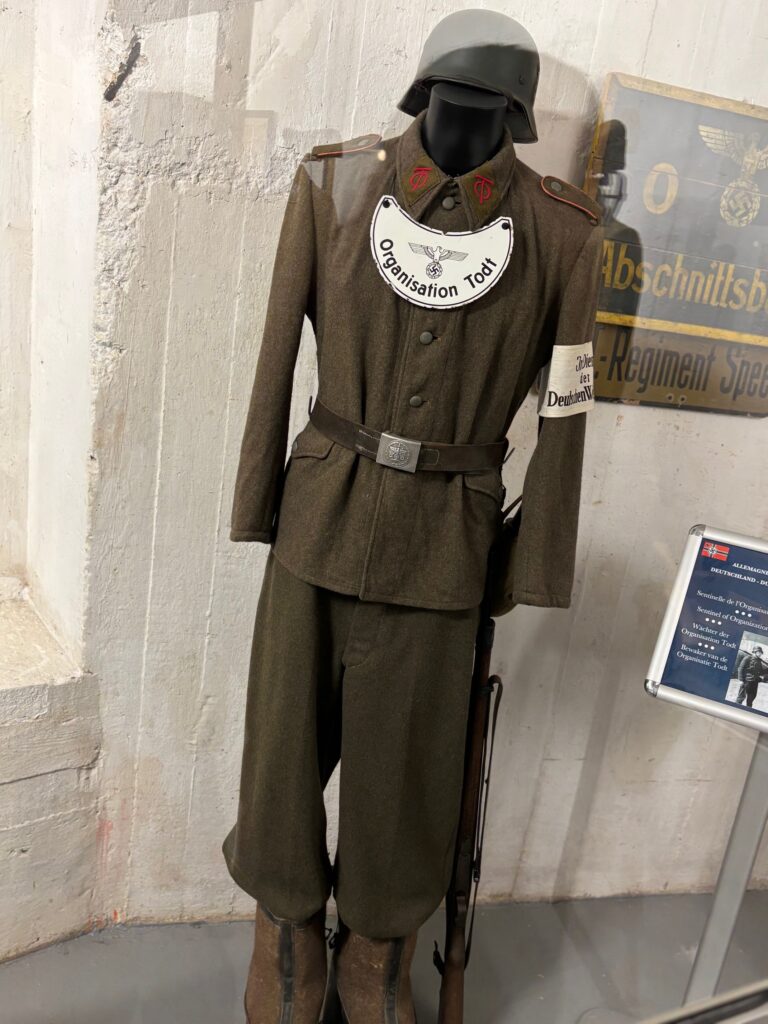
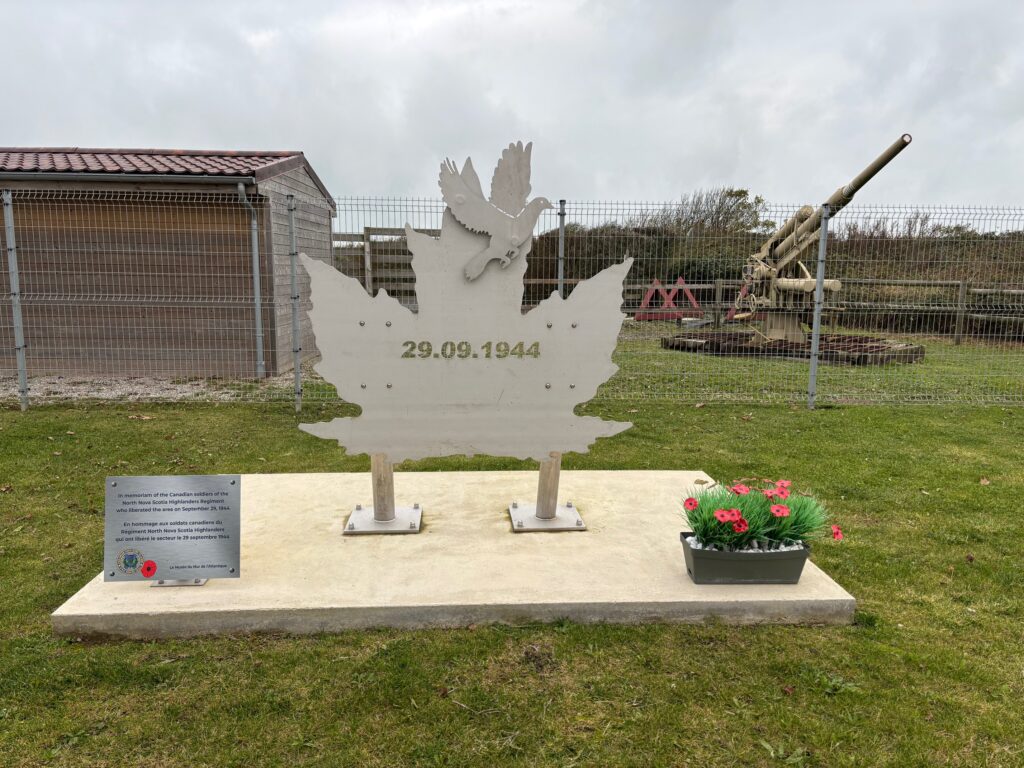
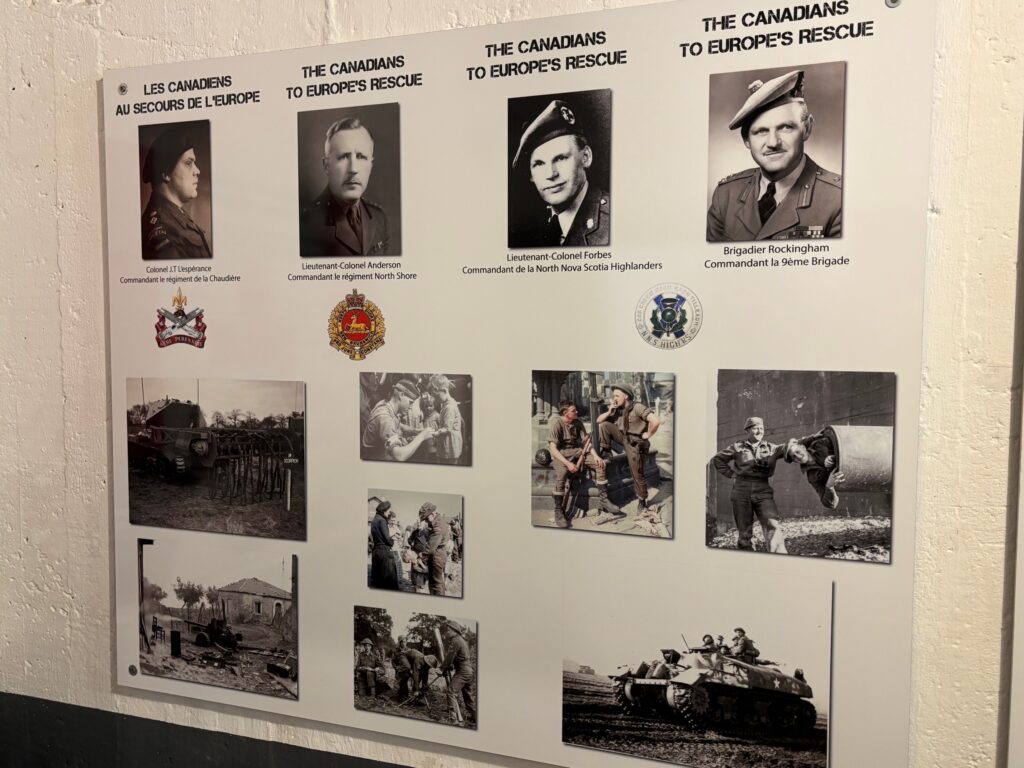


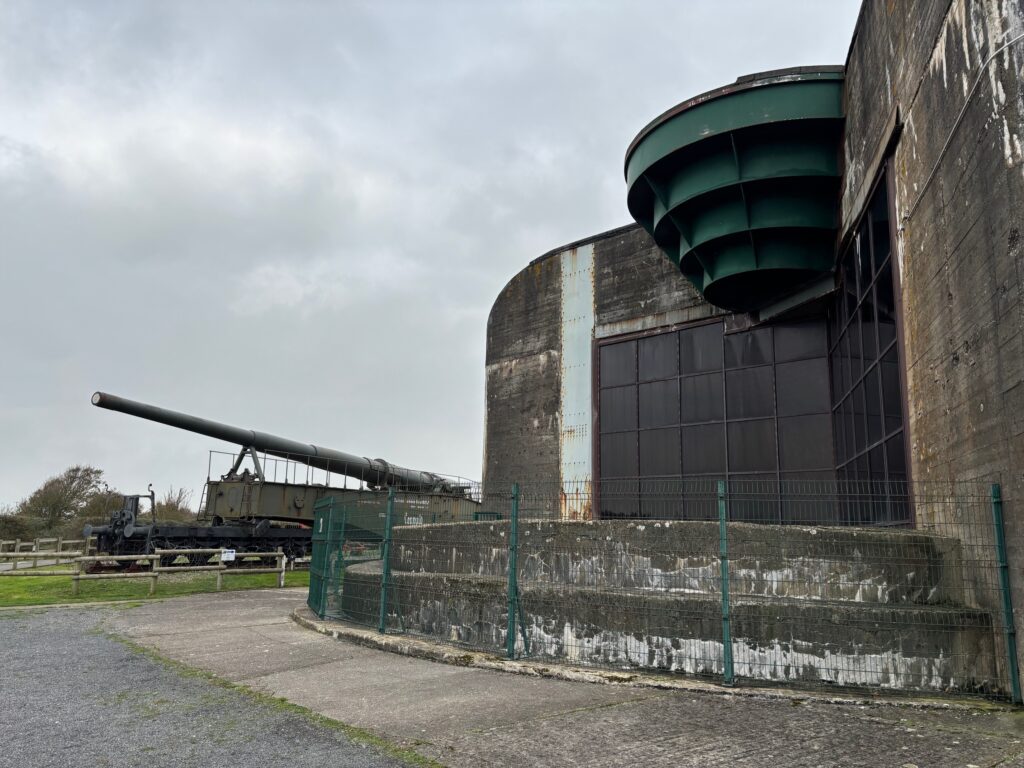
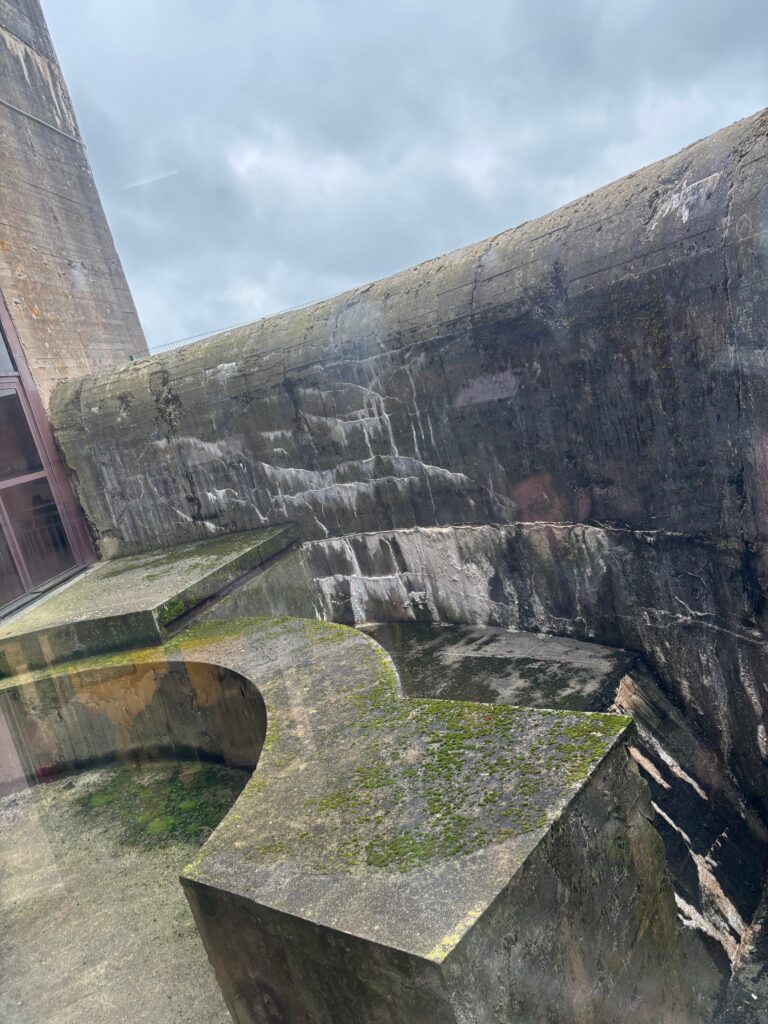
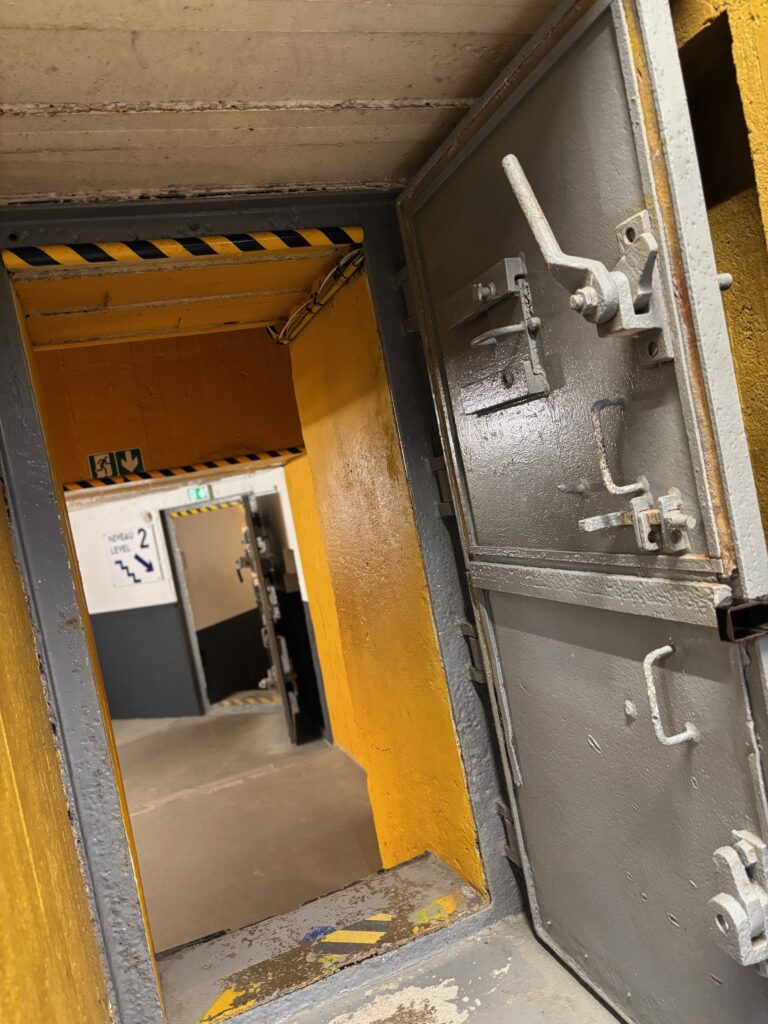
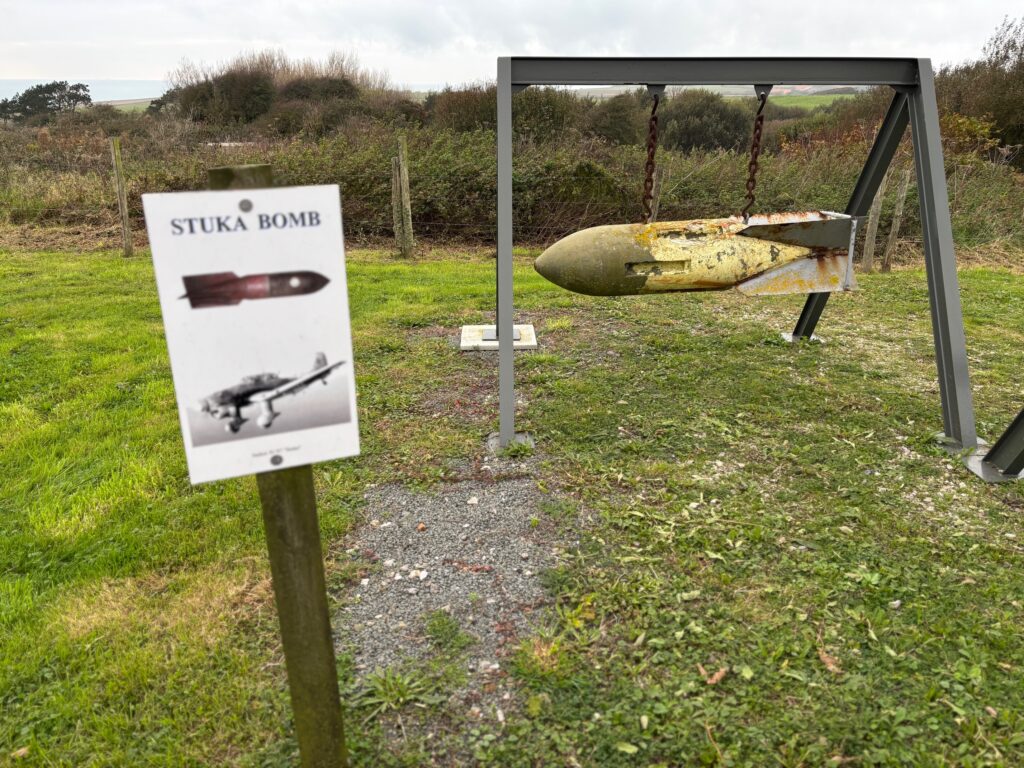
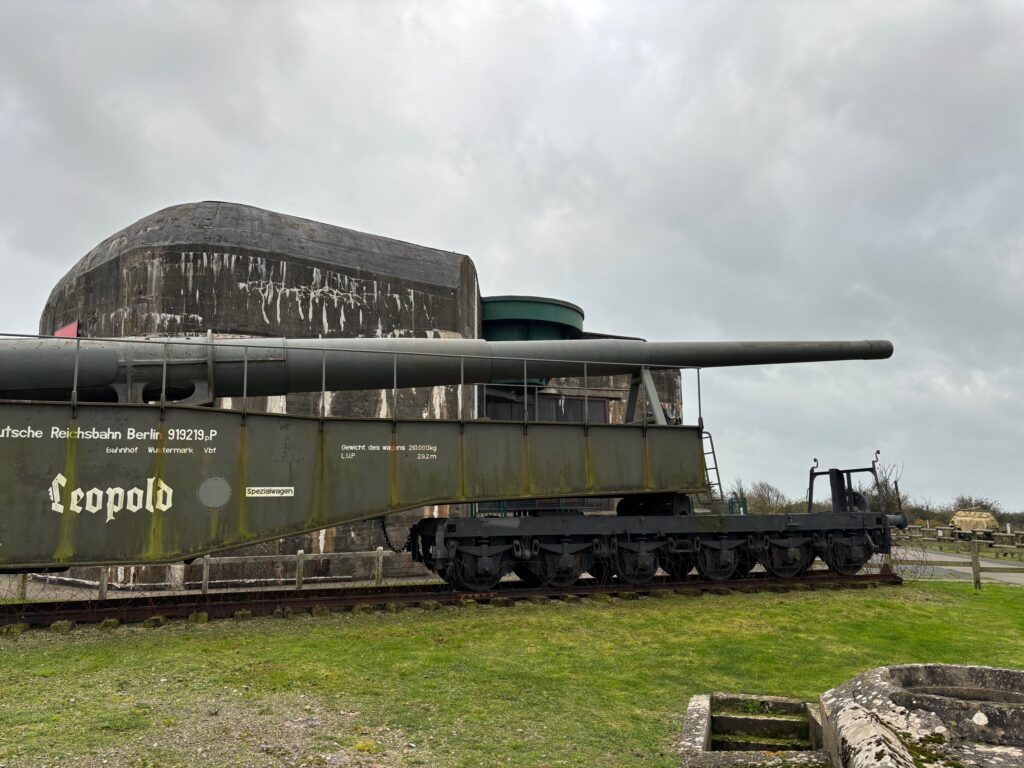
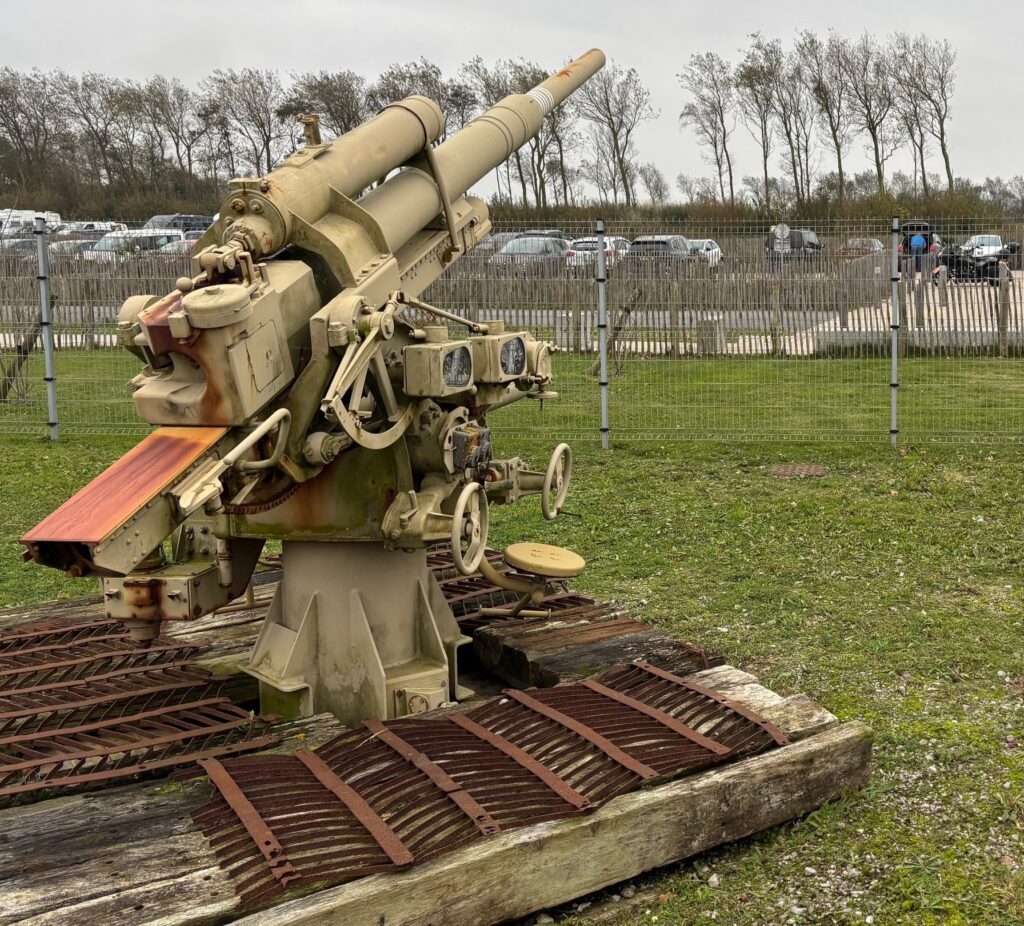


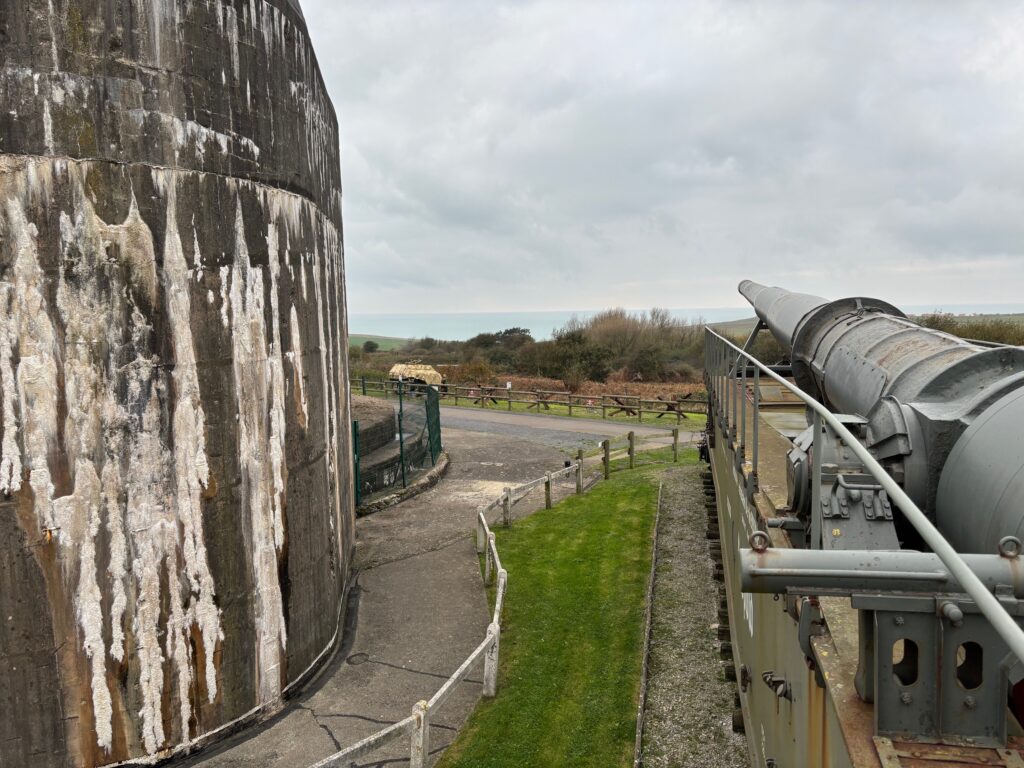
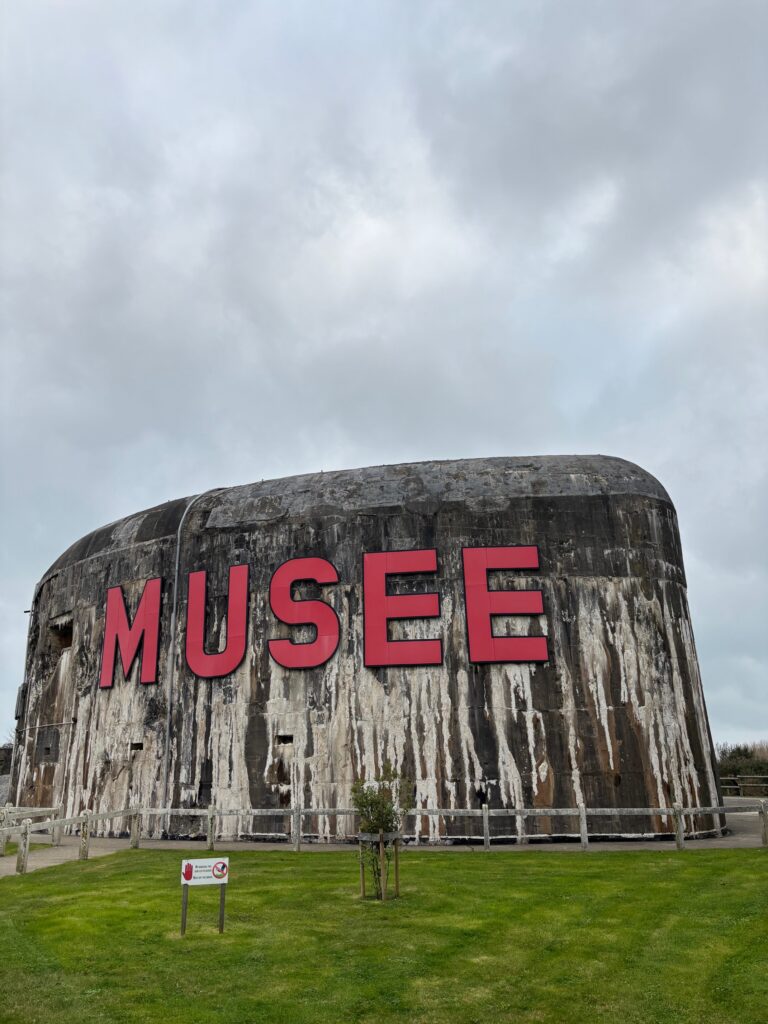
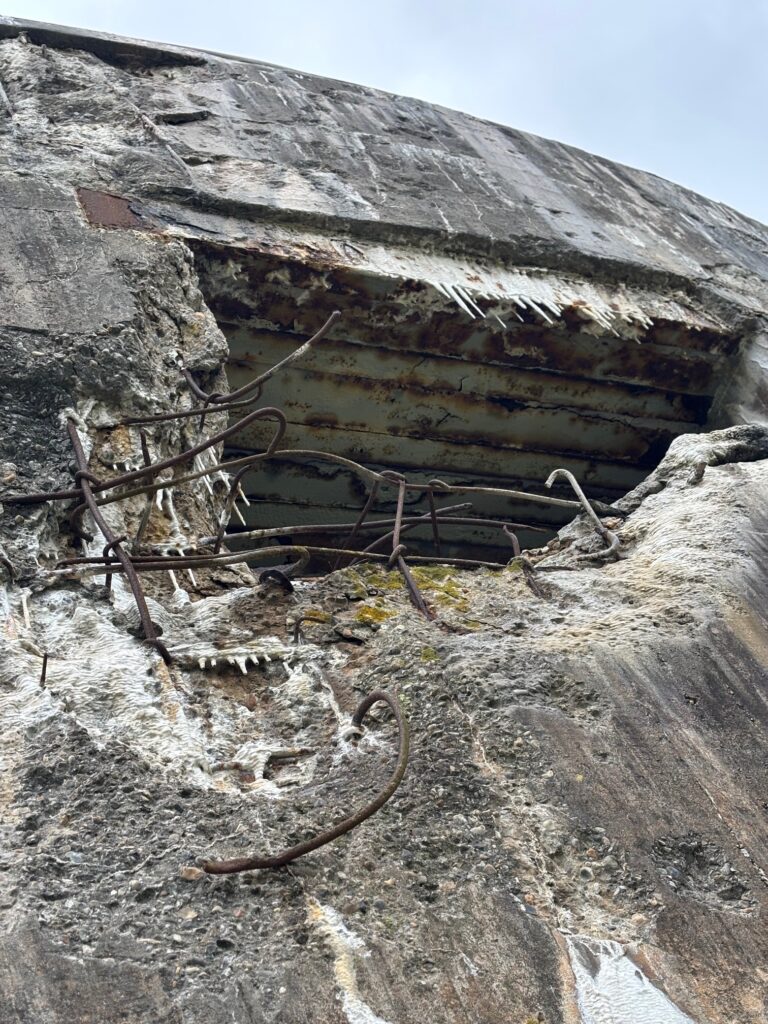

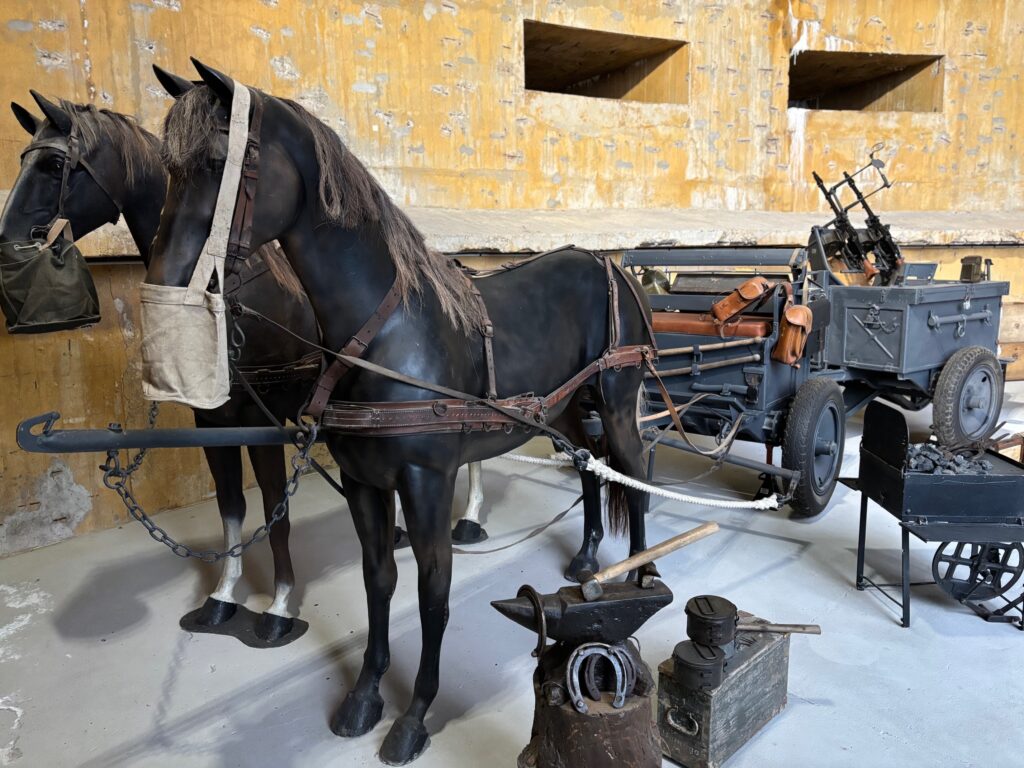
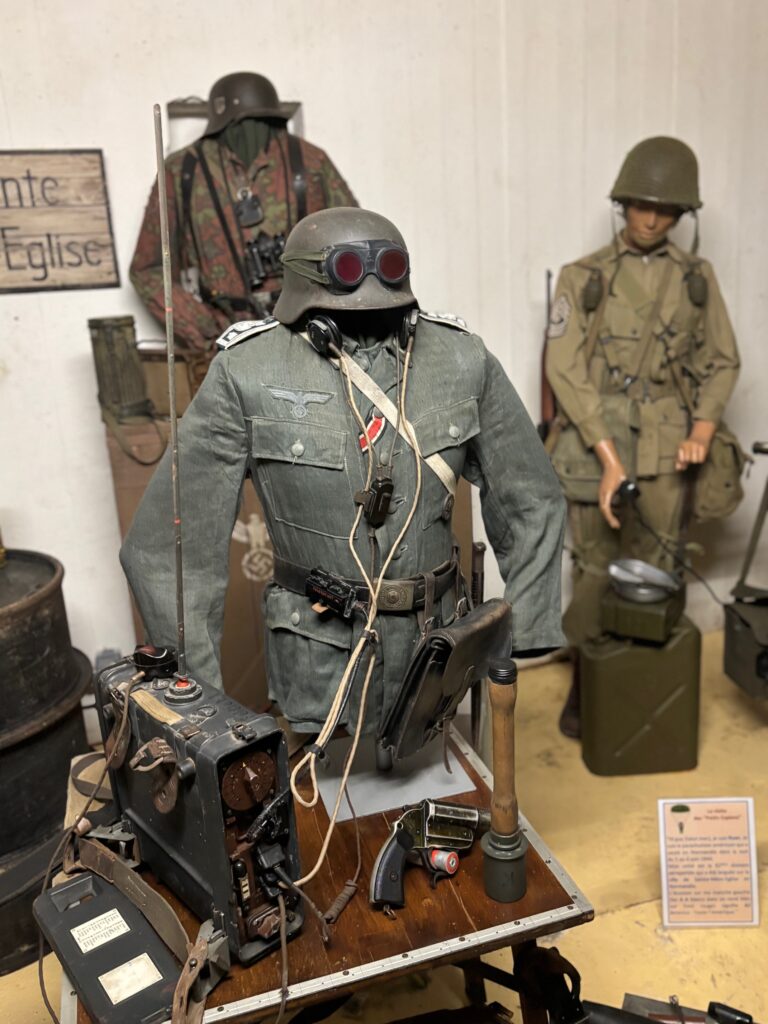
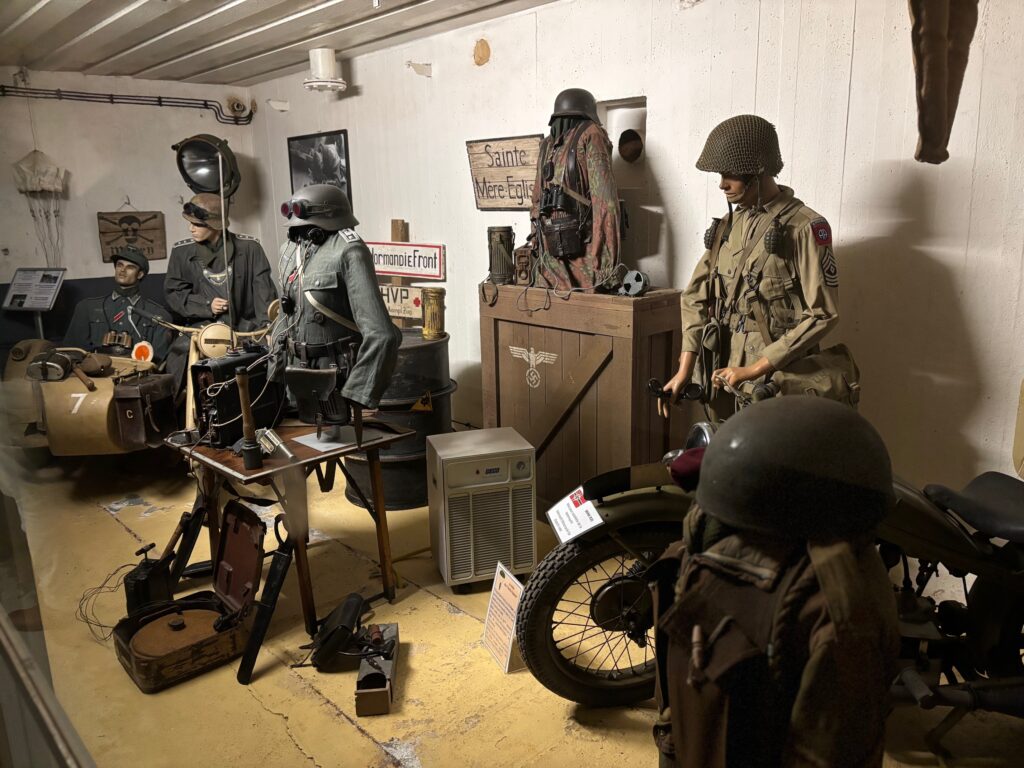
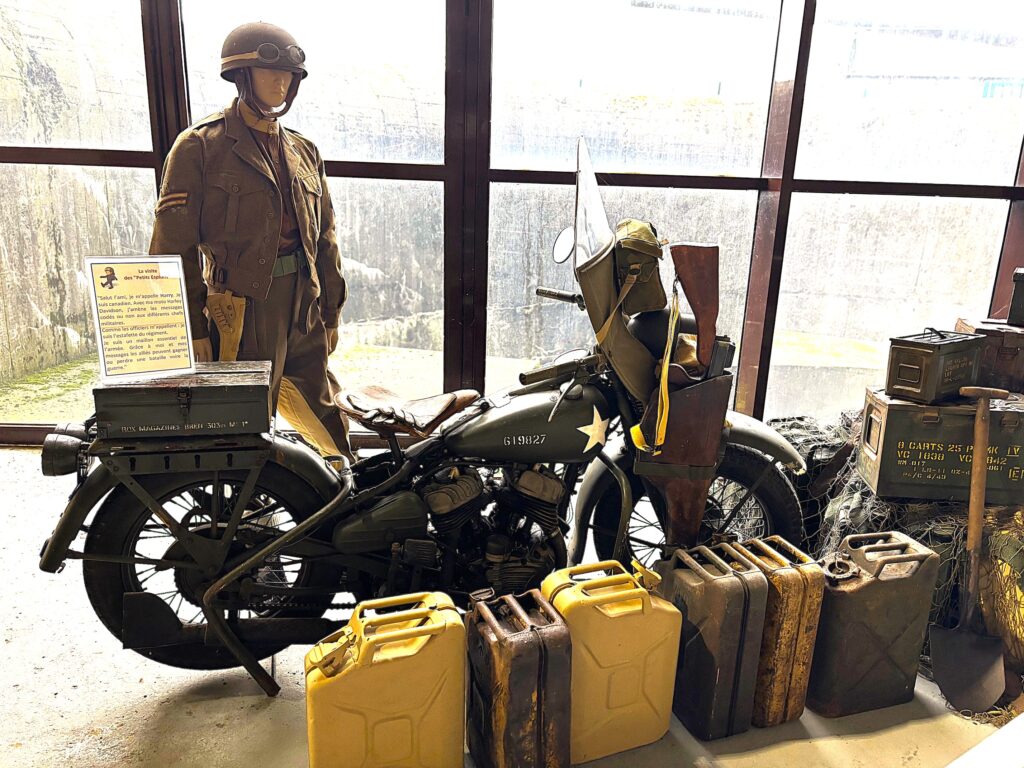

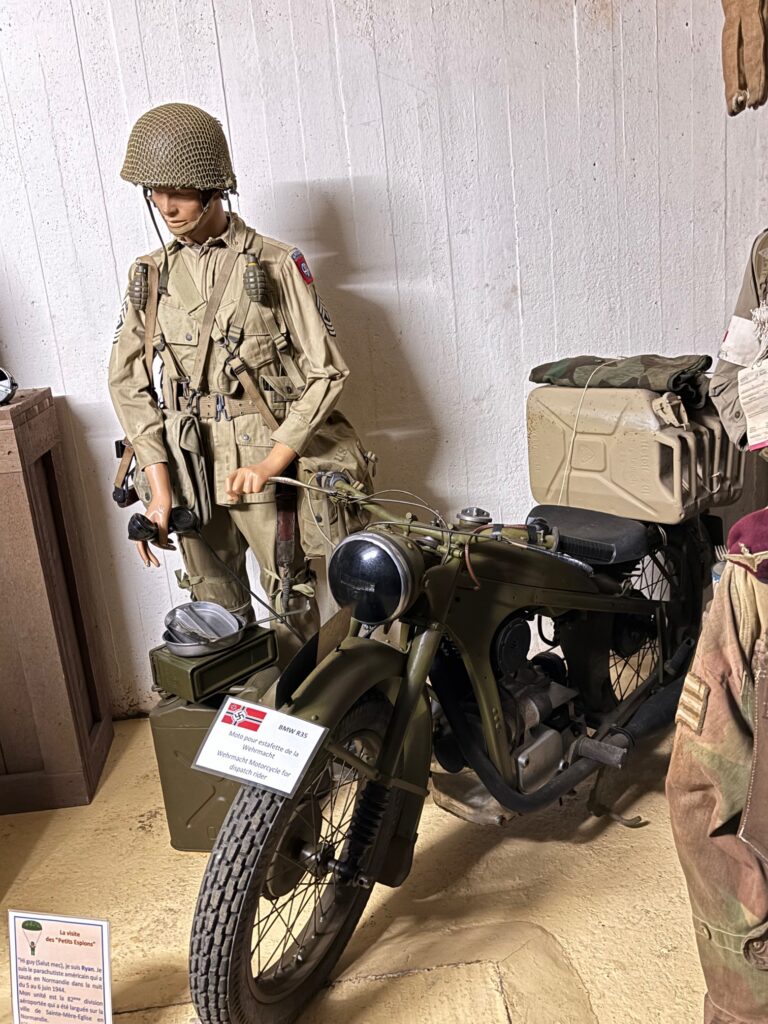
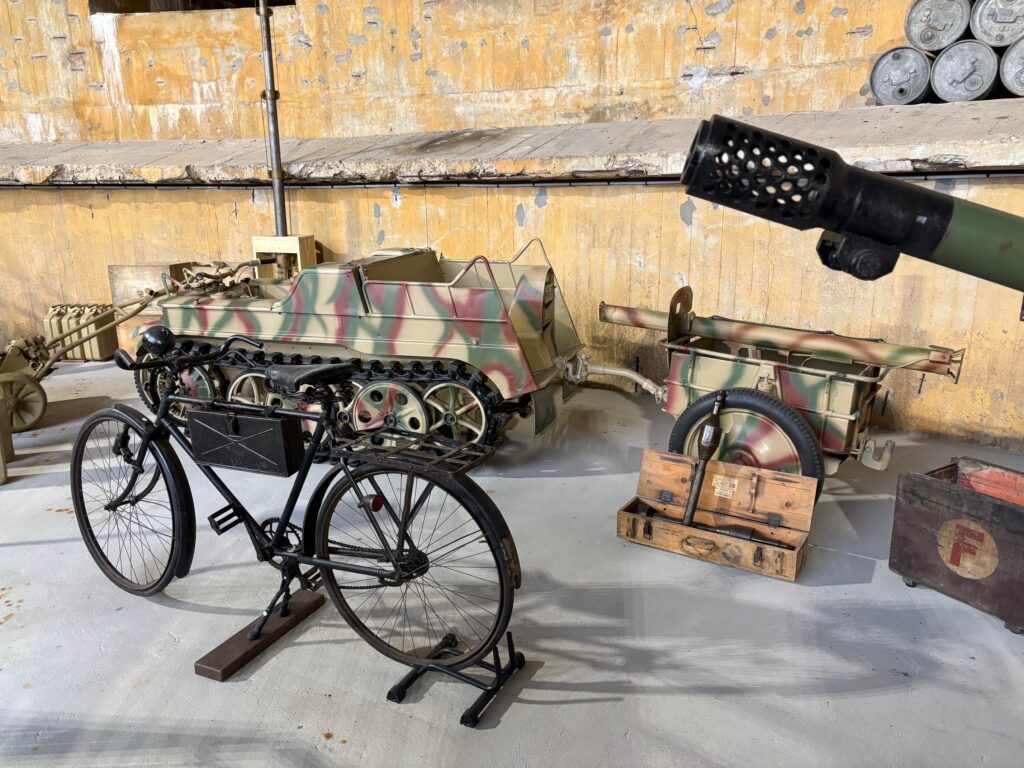
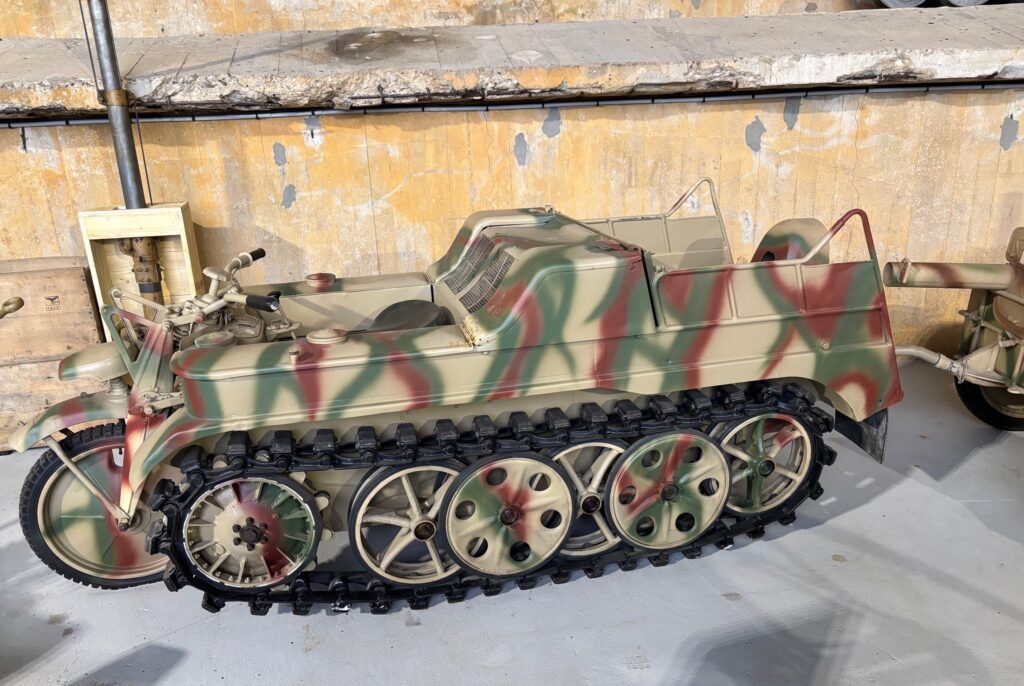
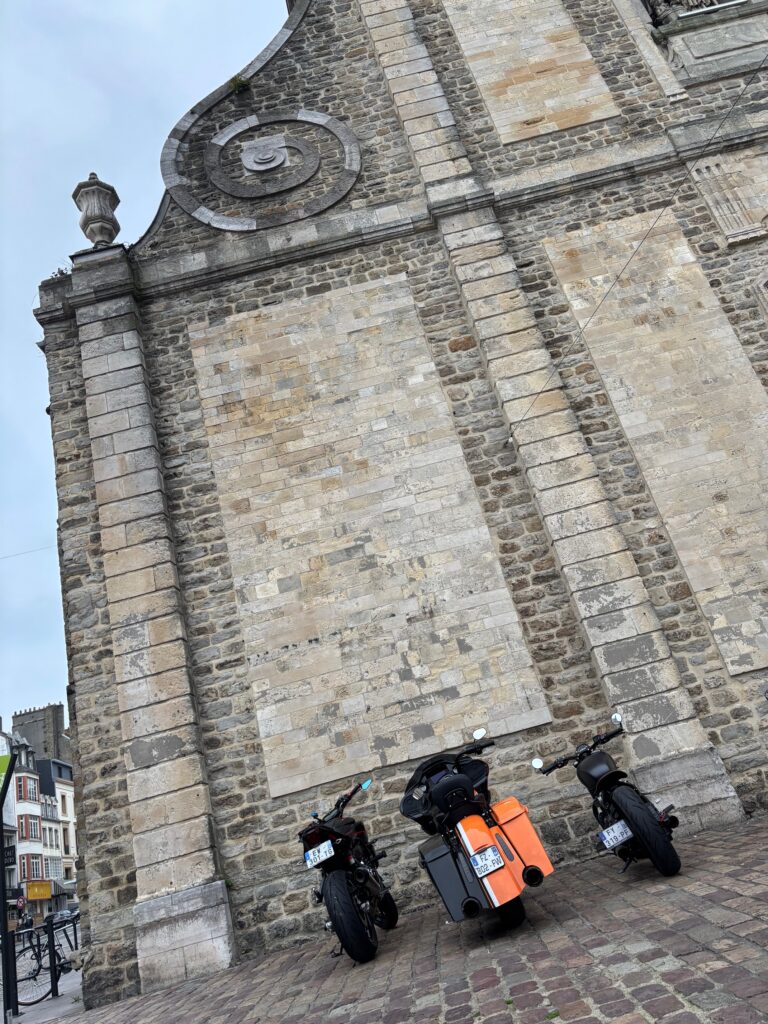
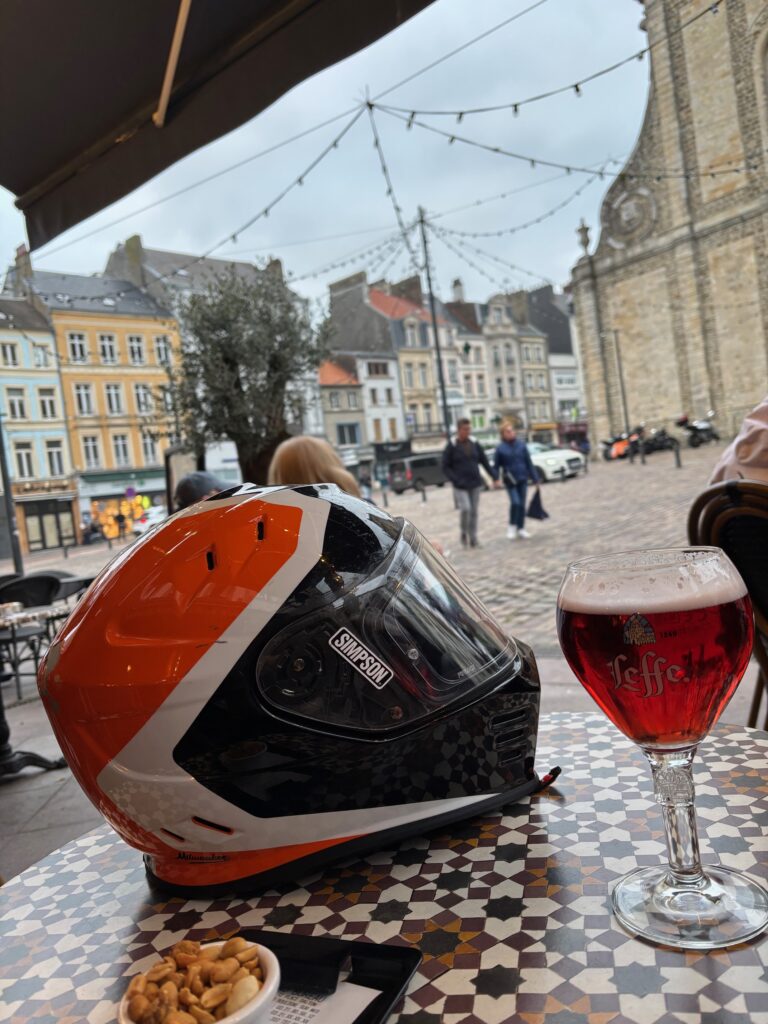

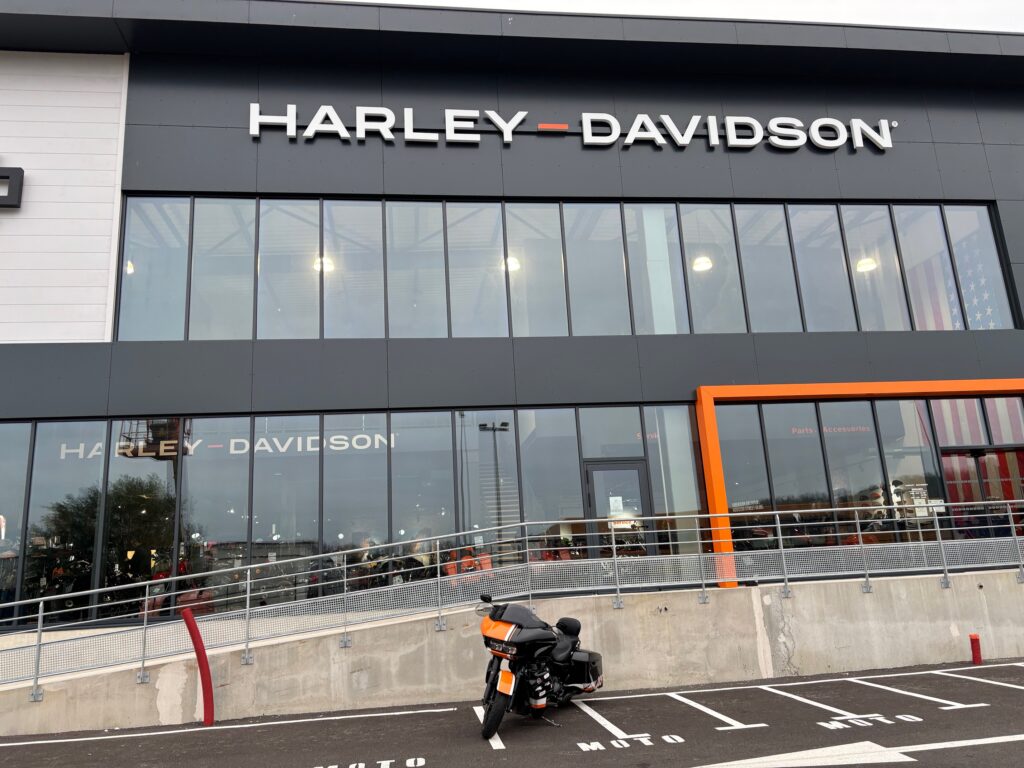
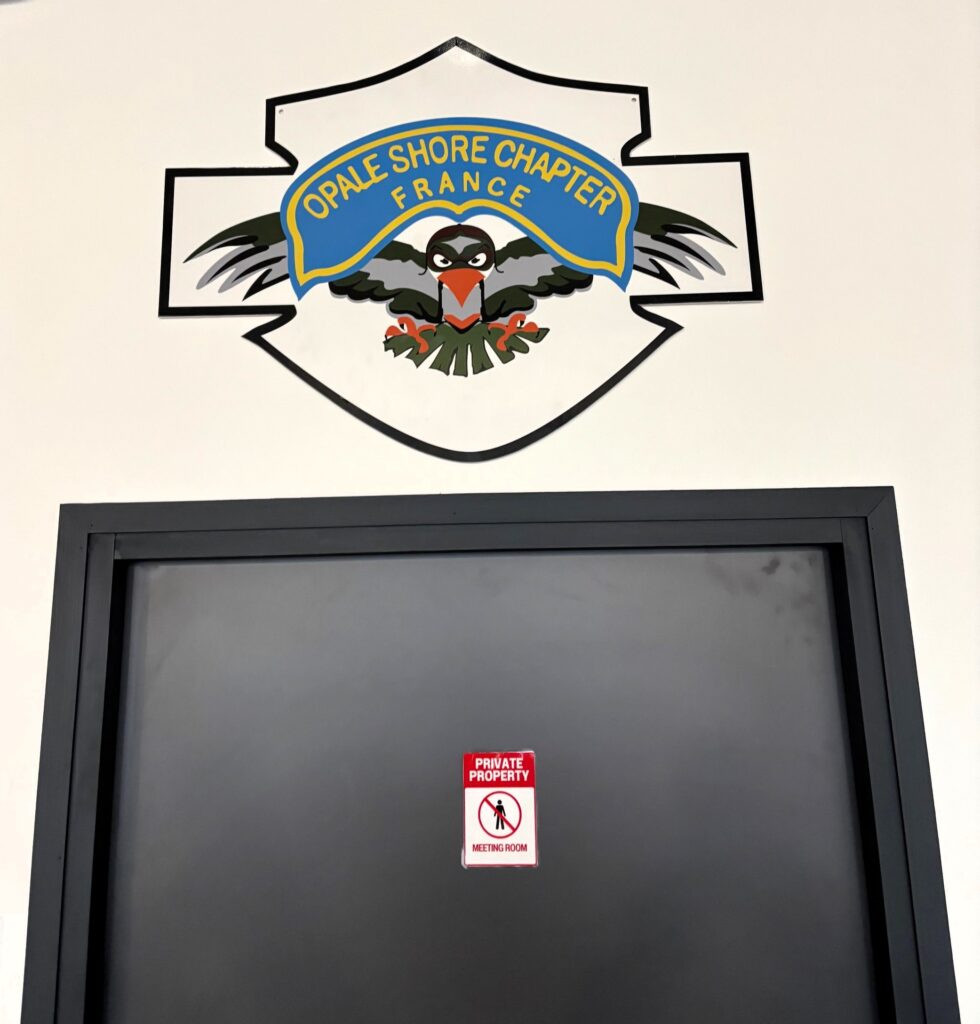
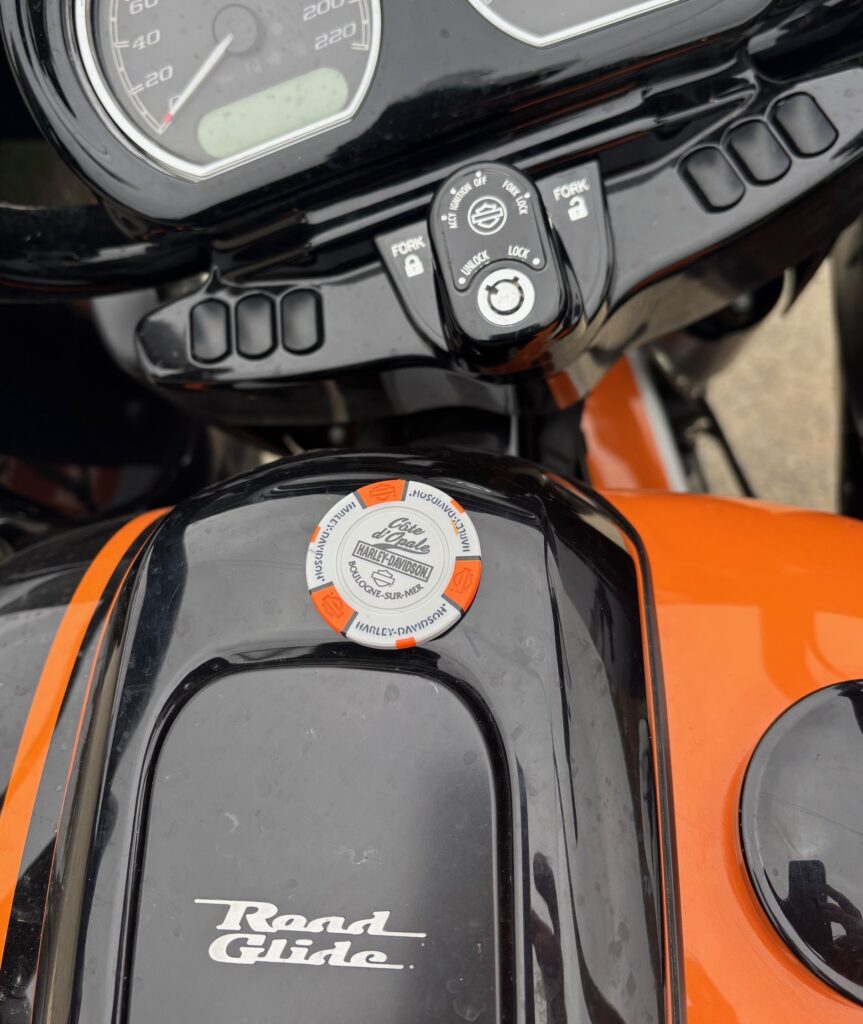
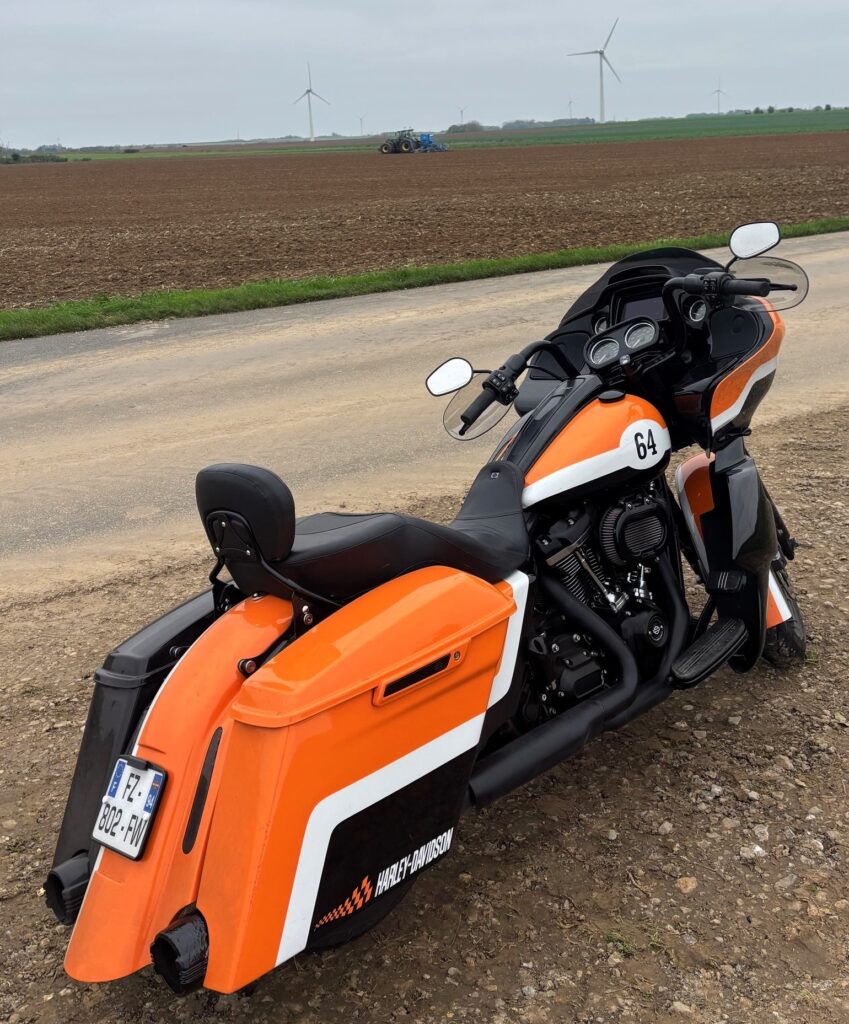
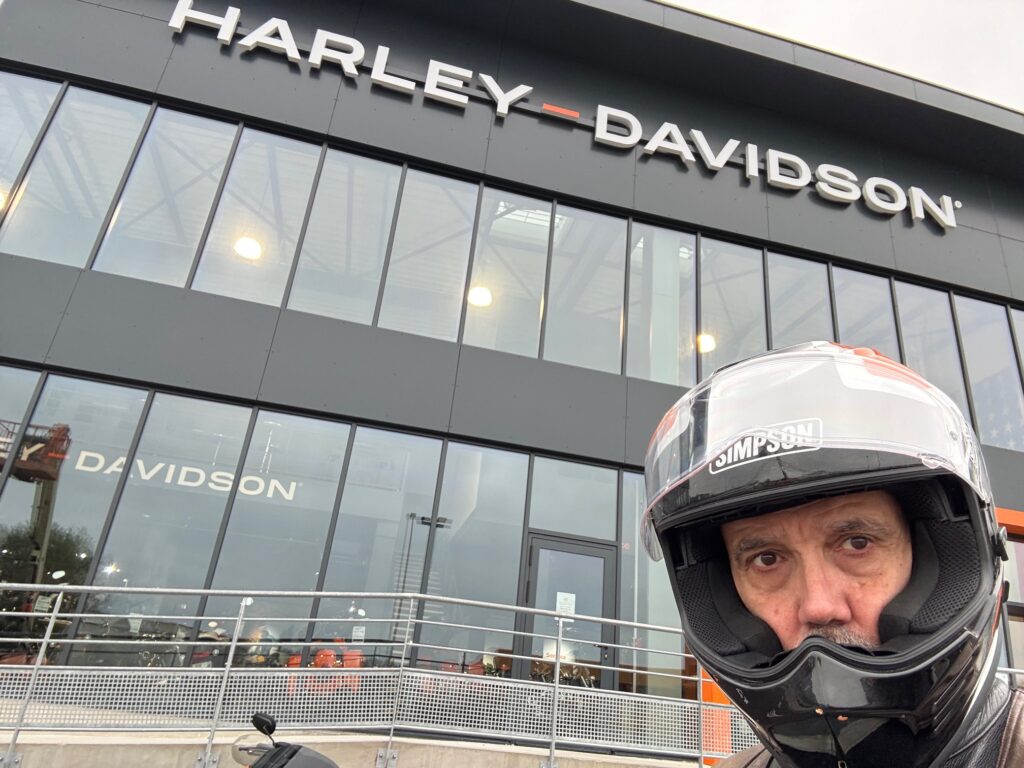


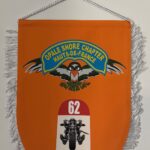
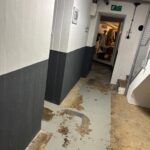
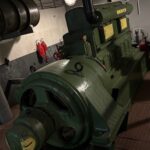
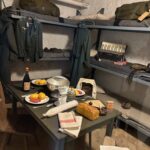
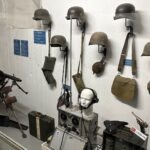
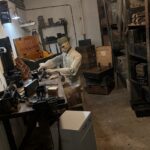
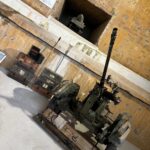
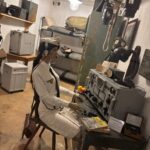
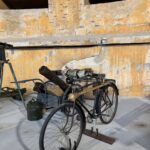

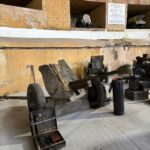
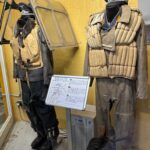

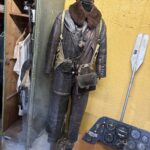
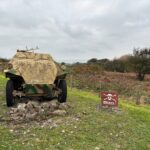
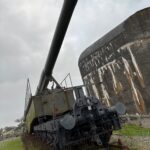
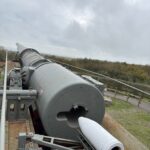




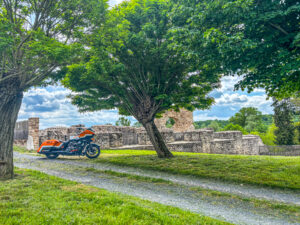
More Stories
RIDE TO THE GALLO-ROMAN SITE IN THE CENTER OF FRANCE
RIDE TO THE CASTLES
RIDE TO THE VALENCIA MARKET